HISTORY OF POLISH COINS (2013+) by the National Bank of Poland
There’s little more interesting in modern coins than a series that showcases coins of old. While looking at all the latest and greatest issues from the high-tech mints of today, it’s easy to forget what an integral part of history coins are, especially the further back in time you go. The National Bank of Poland started a series in 2013, called ‘History of Polish Coin’.
Each of the sterling 0.925 silver coins showcases a coin from Poland’s history, going right back to the first such issue by Boleslaw the Brave in the 990’s. The series has been divided into three main parts. The first three issues (the titles below have a red border), constitute the Denarii of the Boleslaws from the 10th-12th centuries, the second part (blue border), the Middle Ages from the 12th-15th centuries. The last and current phase (yellow border), covers the coins of the Commonwealth from the 16th to the 18th century. Weights have varied over time. The first two issues were 7.07 gram coins of 24 mm diameter. Through 2014, the weight increased to 14.14 g, with an increase in diameter to 32 mm. For 2015 issues and onward, the weight doubled to 28.28 g and the diameter to 38.61 mm. It’s certainly unusual to see a series change specification like this, but not a major negative regardless.
What makes this series work so well is the way the designer, Dominika Karpińska-Kopiec, has incorporated and framed the original coins on the new one. The reverse face reproduces the same face of the original issue, in most cases, in its entirety. There’s often some modern reinterpretation of elements of the originals in the background field. The obverse likewise has a reproduction of the original, also with modern imagery in the background where needed. All the modern requirements of a Polish coin, the spread-eagle and issue details, are all ring-fenced in a small ‘coinlet’ on the obverse.
A few of the coins have some gilded areas, but at heart it’s a simple proof finish series, relying on its depiction of old numismatics rather than gimmickry. If you have any interest in the coins of old, this is about the best of the modern offerings, bringing them to life. What the NBP does better than anyone else is the backstory to each coin. We’ve reproduced the excellent explanations of each coin by Stanislaw Suchodolsk, which are fascinating reading for anyone interested in coin history, although the name ‘Elbow-high’ would send the current generation of the easily offended into apoplectic fits. It looked like the series had ended in 2020 after fifteen issues, but one has appeared on the 2024 schedule. A super series about a country with a turbulent and rich history.
2013 Denarius of Boleslaw I the Brave
Until recently, it has been widely held that Mieszko I (approx.960-992 AD) was the founder of the Polish coinage. But when it was proven that the coins with the name Misico had not been minted by Mieszko I, but by his grandson Mieszko II (approx. 1013-1025-1034 AD), it turned out that the first Polish ruler to have struck a coin was Bolesław Chrobry (Boleslaw i the Brave, 992-1025).
As 17 different types of silver denarii were minted under the reign of the latter monarch, it was unknown for a long time, which of them was the oldest one. Among the coins were long-known and extremely valuable coins with the symbolic portrait of the prince and the name of the town of Gniezno, (GNEZDVN CiViTAs – the borough of Gniezno) or with a depiction of a peacock and the oldest reference to the name of Poland (PriNCEs POlONiE – the ruler of Poland).
2013 Denarius of Boleslaw II the Bold
At the final period of Boleslaw I the Brave’s rule, Polish coins ceased to be struck. It was only half a century later when his great-grandson – Boleslaw II the Bold – started to mint new coins. The latter ruler did not, however, stick to the mintage habits of his great forefather. While previously several types of coins had been struck in small volumes, under Boleslaw II the Bold only two basic types of coins were issued. The first of them (type 1) appeared when Boleslaw ruled yet as a prince. The second one (type 2) appeared following his coronation to the King of Poland, which took place in 1076. Hundreds of these coins have survived until present, so they must have been minted on a mass scale. This corroborates the thesis that they were aimed for general circulation and served primarily economic purposes.
2014 Denarius of Boleslaw III the Wry-mouthed
Denarius of Prince Boleslaw III the Wry-mouthed is the third coin in the series. Type 2 was selected from among the six types of coins minted during his reign. The obverse depicts the prince on a throne holding a sword in his right hand, his left hand raised in the air. The sword is a royal insignia, a forecast of strong but fair rule, while the raised hand promises peace to those commended to the care and protection of the ruler. The reverse shows a religious symbol – a cross with four dots between its arms.
2014 Bracteate of Mieszko III the Elder
Coin minting under the rule of Mieszko III the Elder (1173–1177 and 1181–1202) opens a new period in the history of Polish coinage – the period of bracteates or thin coins struck on one side only. They replaced the heavier, double-sided silver coins which had been in circulation until then.
At the same time, the number of coin types significantly increased. More than 50 types are attributed to Mieszko III. Different presentations of the Prince, St. Adalbert and brutes, real and fantastic, appear on those coins. Also coins with no images at all, with inscriptions only, are known. It is also surprising that the inscriptions on the coins attributed to Mieszko III are not only in Latin but also in Hebrew. This phenomenon is explained by the fact that mints employed Jews, who also rented mint income. The income was generated during the exchange of coins carried out periodically. Such a “ renovation of the coin”, which took place even three times a year, explains the abundance of coin types.
2014 Bracteate of Leszek the White
The end of the 12th century and the whole of 13th century was a period dominated by bracteates, i.e. thin, one-sided coins. At the same time, it was the darkest period in the history of the Polish minting, coinciding with the fragmentation of Poland. It was the time of simultaneous rule over the Polish territory by many princes, each of them minting their own coins. Most of these coins have no inscriptions at all, which makes identification of the issuers extremely difficult. Some aid in this area has been provided by the large coin hoard recently discovered in Cracow, which had been hidden in the first half of the 13th century. From this find comes the bracteate depicting a winged dragon. The coin was most likely struck under the rule of Prince Leszek the White (1206-1227).
2015 Florin of Ladislas the Elbow-high
The coinage of Ladislas the Elbow-high (1306 –1333) has transition features. On the one hand, it is inspired by the previous bracteates period, where small coins reigned. On the other hand, it also exhibits characteristics of a coming groat period. These coins are now not single-sided, thin bracteates anymore, they are double-sided denarii. However, according to Ryszard Kiersnowski, the most famous coin ‘worthy of a place among the most prominent historical monuments of the Polish Middle Ages’ is a florin, called ducat in the past. This is the first Polish coin made in gold, which is ahead for about two hundred years of next issues in this ore.
The obverse shows the king on the throne, with a crown on his head, and a lily sceptre and a reign apple in his hands. Circular inscription: WLADISLAVS D[e]I G[ratia] REX explains that this is ‘Ladislas, by the Grace of God, the King’. On the reverse, there is a figure of a standing bishop, with a halo around his head, and a mitre on it. In his left hand he holds a crosier, and he rises the right one to the blessing. As legend holds, S[anctus] STANISLAVS POL[oni]E, is Stanislaus – the saint of Poland.
2015 Grosz of Casimir the Great
Casimir the Great (Kazimierz Wielki) (1333 -1370) introduced fundamental changes to the Polish minting system. In addition to a variety of denarii that were still minted, he also issued three larger silver coins, known as the grosz (groat), the kwartnik (half-grosz) and the ćwierćgrosz (quartergrosz, or the small kwartnik). Their chronology, place of origin and mutual relation are not entirely clear and remain the subject of debate. However, it is the largest and the most impressive of these coins – the Kraków grosz – that is generating the biggest interest. It was modelled on the Prague groschen and was created – as suggested recently by Borys Paszkiewicz – around the year 1360. It weighed 3.27 g and was the equivalent of 16 small denarii.
2015 Half-grosz of Ladislas Jagiello
Ladislas Jagiello (1386–1434) was not a great reformer of money in Poland. However, he made significant adaptations to the system introduced by Casimir the Great. He stopped striking the largest unit – the grosz (groat) and made the basis of the system half of this – the half-grosz, known originally as the large kwartnik. He also struck small kwartniks, which had the value of a quarter of a grosz and were called trzeciaks (Ternars). The most common coin, as previously, was the denarius, which no longer contained very much silver. The system based on the half-grosz and lowvalue denarius established itself in Poland for a whole century.
2016 Ducat of Sigismund the Elder
Sigismund the Elder’s reign (1506–1548) marks the beginning of a new era in the history of Polish money. The epoch of late medieval coins, based on the half-grosz, was over, and the era of modern money began. It was then that a complete monetary system was born. It was based on the złoty, a unit of account which was equal to 30 real grosz. There were also multiples of the grosz, namely the trojak (three grosz) and the szóstak (six grosz), as well as smaller denominations – the półgroszek (half-grosz), denarius and ternar (worth three denarii).
The appearance of coins also changed. Gothic letters in inscriptions were replaced by what was referred to as Latin letters. Truly Renaissance-style, realistic portraits of the king appeared, and dates of issue started to be included in the legends.
2016 Schilling and Thaler of King Stephen Bathory
The reign of Stephen Báthory (1576–1586) brought a further modification and development of the minting system. New minting regulations issued in 1580 played a pivotal role in its formation. In the regulations, the king decided to establish a Polish-Lithuanian monetary union and to mint harmonized monetary units in both parts of the Polish-Lithuanian Commonwealth. The coins that were introduced included, among others, the thaler, the trojak (three grossi), the grosz and the schilling (szelag). The first and the last of these coins are particularly noteworthy. That is because the thalers had until that time been very rare and the schillings were only known in the lands of Prussia. For this reason, we have selected both of these coins for presentation in our series.
2017 Ducats of Sigismund Vasa
The reign of Sigismund Vasa (1587-1632) was a golden era in the history of Polish coinage. Various mints were operating at that time as in addition to the old facilities new ones were also launched, the most important of which being located in Bydgoszcz. All these mints were producing – with certain interruptions – great quantities of coins of various denominations. Minting, however, was affected by the European economic crisis, as a result of which the smaller silver coins were suffering from inflation.
The crisis did not affect full-value gold coins, however. In this regard we are particularly interested in a coin with a weight of one hundred ducats which was minted in Bydgoszcz. The dies used to mint the coin were prepared by the excellent Gdańskbased medalier Samuel Ammon (1591-1622) who came from Schaffhausen in Switzerland.
2017 Thaler of Ladislav Vasa
What distinguishes the mintage of the times of King Ladislas Vasa (1632–1648) is the lack of small coin. As early as in 1627, the Sejm banned the issue of such coin. The reasons behind the ban were the debasement of domestic coin and an inflow of a substantial amount of foreign low-quality coins for speculative purposes.
Consequently, the mintage of King Ladislas Vasa is associated with impressive thick coins such as gold ducats and silver half-thalers and thalers. They were minted both by the crown mint in Bydgoszcz and mints in Gdańsk and Toruń. We will be particularly interested in the thaler struck by the Bydgoszcz mint in 1642 as the coin served to produce a coin commemorating the mintage of the oldest son of King Sigismund Vasa. The obverse of the new coin features a round stamp with the coat of arms and name of the Republic of Poland, date 2017 and face value 20 ZŁ. The background of certification is the reverse of the ancient thaler of King Ladislas Vasa of 1642, with the crowned nine-field escutcheon with the coats of arms of Poland, Lithuania, Sweden and Gotland, and the Vasa family (sheaf of hay) in the centre. The escutcheon is encircled with the chain of the Order of the Golden Fleece, which is separated by an inscription at the bottom. The escutcheon is flanked by the date 16 – 4Z and letters G – G, the initials of Gabriel Gerlöff, the lessee of the Bydgoszcz mint. Surrounding the escutcheon is the legend: ·SAM[ogitiae]:LIV[oniae]:NEC:NO[n]:SV[ecorum] (Golden Fleece) GOT[orum]:VAN[dalorum]:Q[ue]:HAE [reditarius]:REX·
2018 Boratynka and Tymf of John Casimir Vasa
Turbulent times, when John Casimir Vasa was on the throne (1648–1668), brought significant changes to Polish coinage. The most visible one was the emergence of a huge amount of small, pure copper coins – a depreciated szeląg (shilling). The shilling was called “boratynka” (borettine), after the name of an Italian Münzmeister (mint master), Tito Livio Burattini. He minted hundreds of millions of these coins in several mints, among others, at the castle of Ujazdów (today located within the city limits of Warsaw). The coins were needed to pay rebelling soldiers.
The second new feature in the Polish minting system was the introduction of a one-złoty silver coin in physical form. Until then, the złoty was only a unit of account. As in the past, it was equal to 30 grosz. In fact, however, its real value was half that due to the high content of copper. The złoty was called a tymf, after the name of another Münzmeister – Andreas Tümphe (from the Northern Germany).
2019 Szostak (six grosz) of John III Sobieski
Minting activity during the reign of John III Sobieski (1674−1696) lasted for a short period of time. The mint of Bydgoszcz became operational only in 1677 and the mint in Kraków – in 1679, but they were shut down as early as in 1685. This implies that during the almost two decadxe-long reign, coins were struck for only 8 years. These were mostly silver crown coins: the trojak (three grosz), szóstak (six grosz) and ort (18 grosz) coins, and a small amount of gold coins. The szóstak was the most popular one. The obverse of the coin features the bust of the King in ancient style, wearing a toga and a laurel wreath. The bust is surrounded by the legend: IOAN[nes] III. D[ei].G[ratia] REX POL[oniae] M[agnus]. D[ux].L[ituaniae].R[ussiae].P[russiae], which means ”John III, by the Grace of God, King of Poland, Grand Duke of Lithuania, Ruthenia and Prussia.” Below the bust, there are the initials T.L.B. of Titus Livius Boratini, the lessee of the two mints.
2020 Gdansk Zloty of Augustus III
The Saxon era is a period marking the fall of the Polish coin. Practically speaking, coins were not struck in the Commonwealth at that time. As early as in 1685 the Sejm passed a resolution to close the mints. However, this does not mean that there are no coins bearing the names and titles of both kings of the Saxon dynasty – Augustus II the Strong (1697– 1733) and his son, Augustus III (1733–1763). Such coins were issued by these rulers, but in the territory of Saxony. Saxon coins with Polish coats of arms were also struck there. One should also recall the Polish coins that were falsified by the King of Prussia, Frederick II, and the Lithuanian szóstaks (six-grosz) produced in the years 1706–1707 in Moscow.
2024 Domestic Copper Grosz of King Stanislaw August (Coming August 2024)
SPECIFICATION & PACKAGING
Each coin comes in a small box with a certificate of authenticity, although a couple of early issues were card mounted. Up until the end of 2016, each coin had a mintage of 20,000 pieces. The next two years saw that reduced slightly to 18,000 coins, while 2019 reduced it further to 13,000. The 2020 issue, featuring the Gdansk Złoty of Augustus III, has a mintage of 12,000, so lower still.
| HISTORY OF POLISH COIN | |||
| DENOMINATION | 5 Zloty (Poland) | 10 Zloty (Poland) | 20 Zloty (Poland) |
| COMPOSITION | 0.925 silver | 0.925 silver | 0.925 silver |
| WEIGHT | 7.07 grams | 14.14 grams | 28.28 grams |
| DIMENSIONS | 24.00 mm | 32.00 mm | 38.61 mm |
| FINISH | Proof | Proof | Proof |
| MODIFICATIONS | None | Some issues gilded | Some issues gilded |
| MINTAGE | 20,000 per design | 20,000 per design | 12,000 - 20,000 per design |
| BOX / C.O.A. | Card-mounted | Yes / Yes | Yes / Yes |


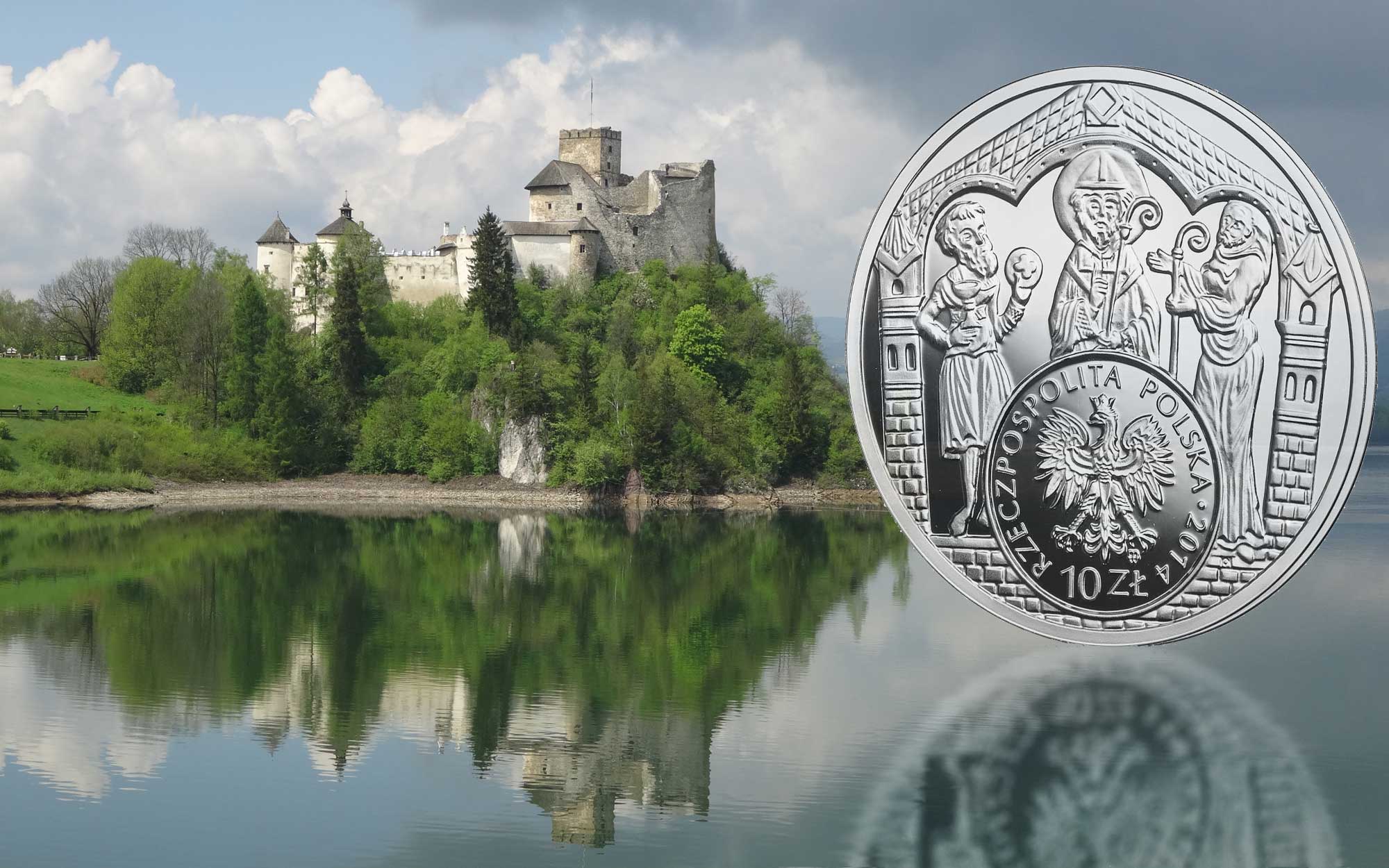
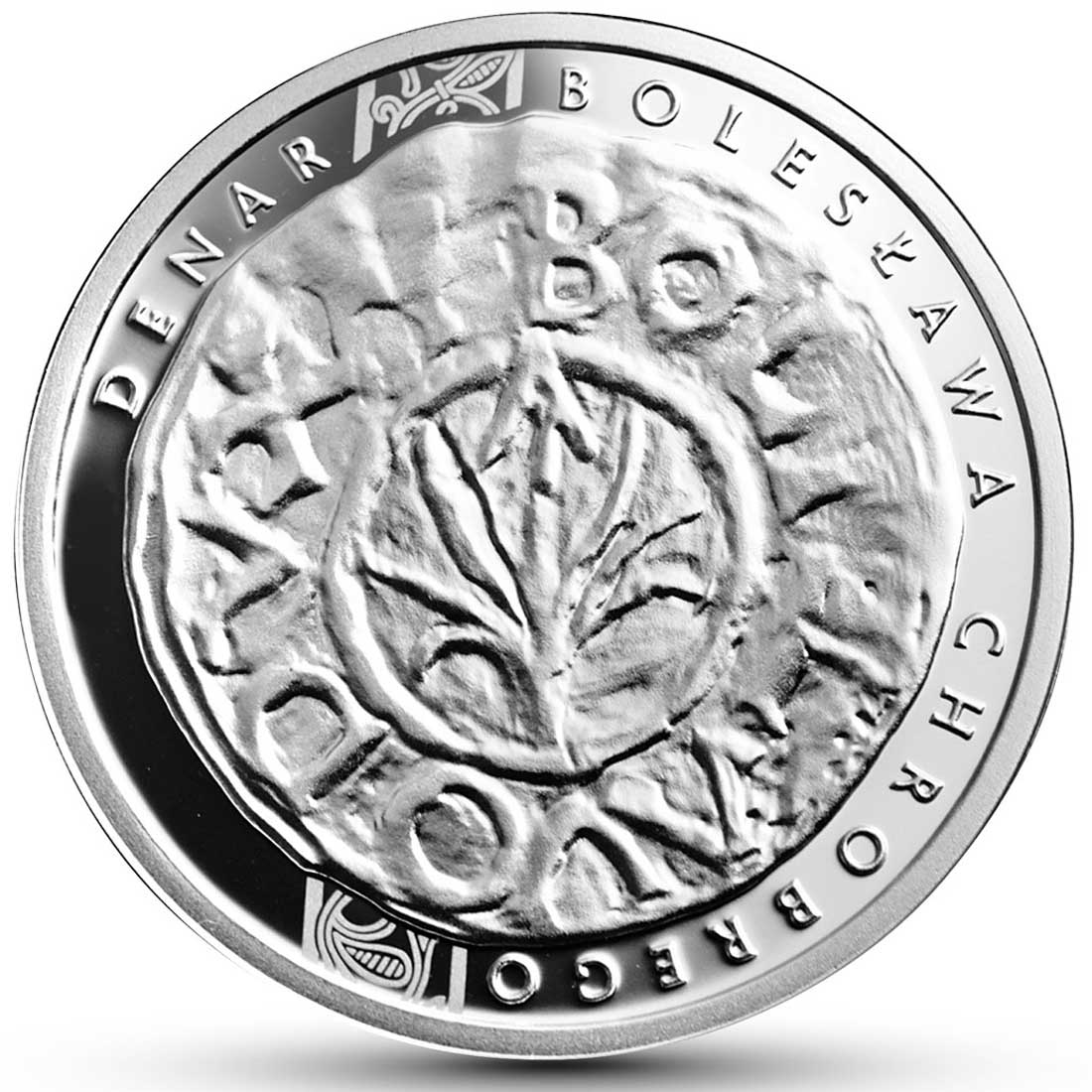
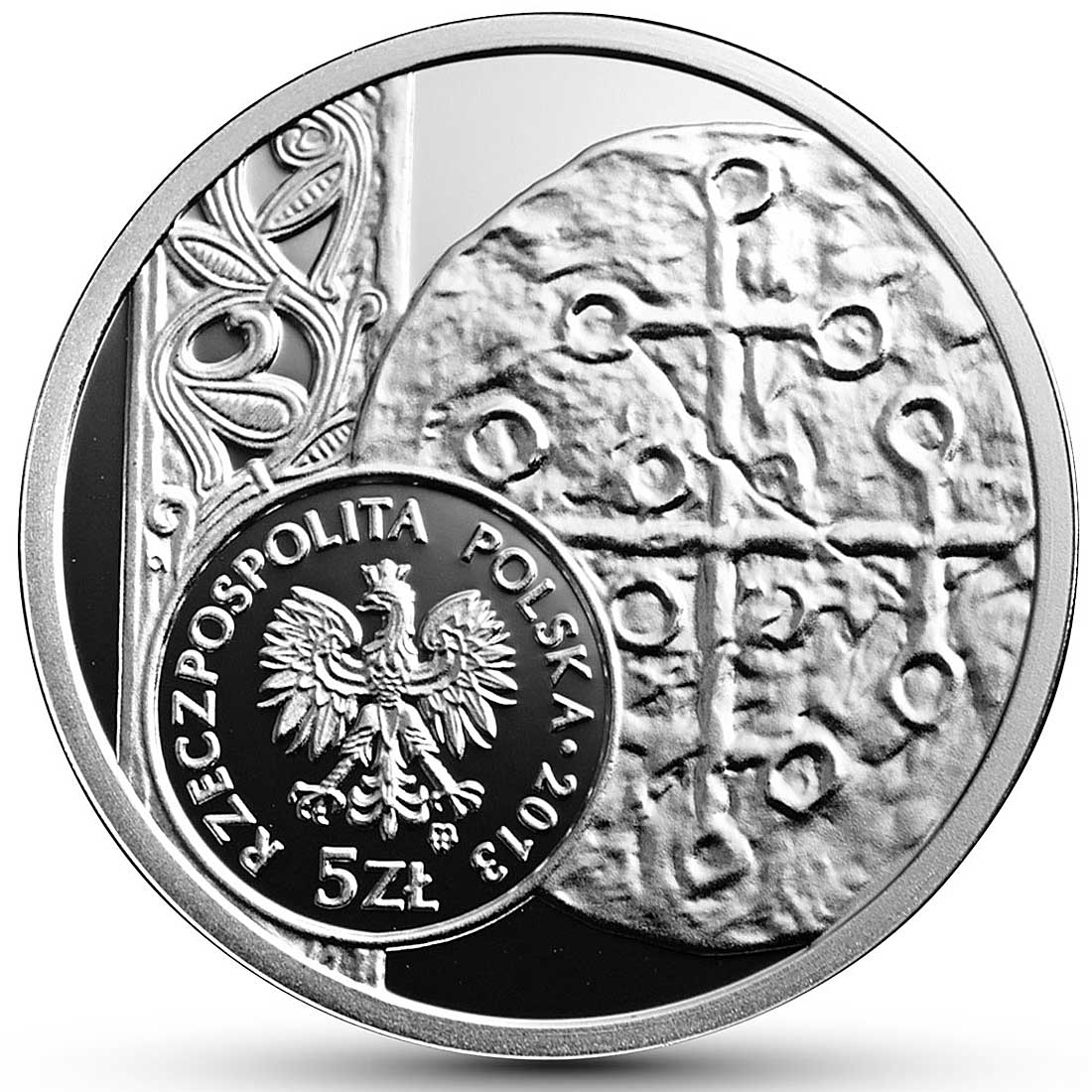
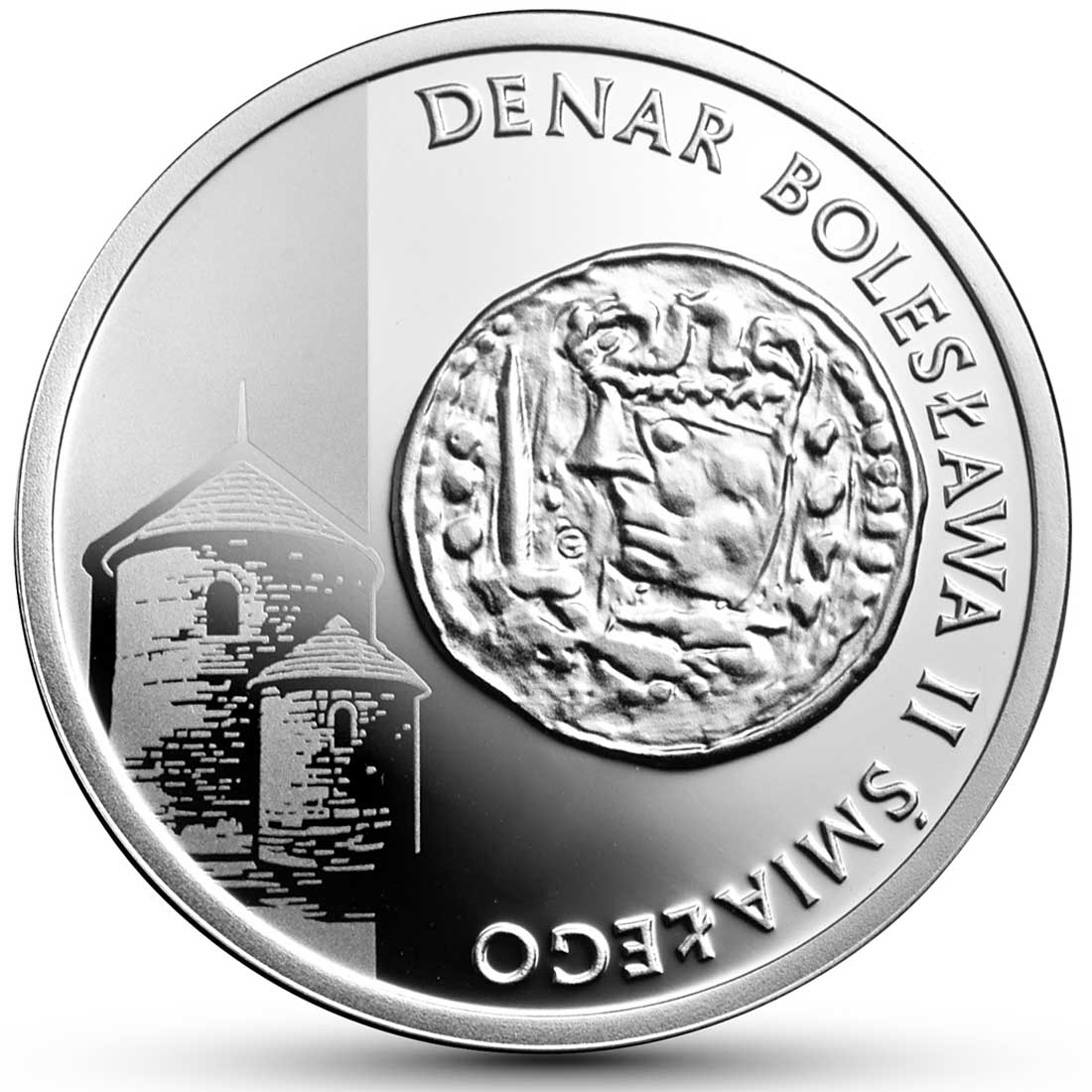
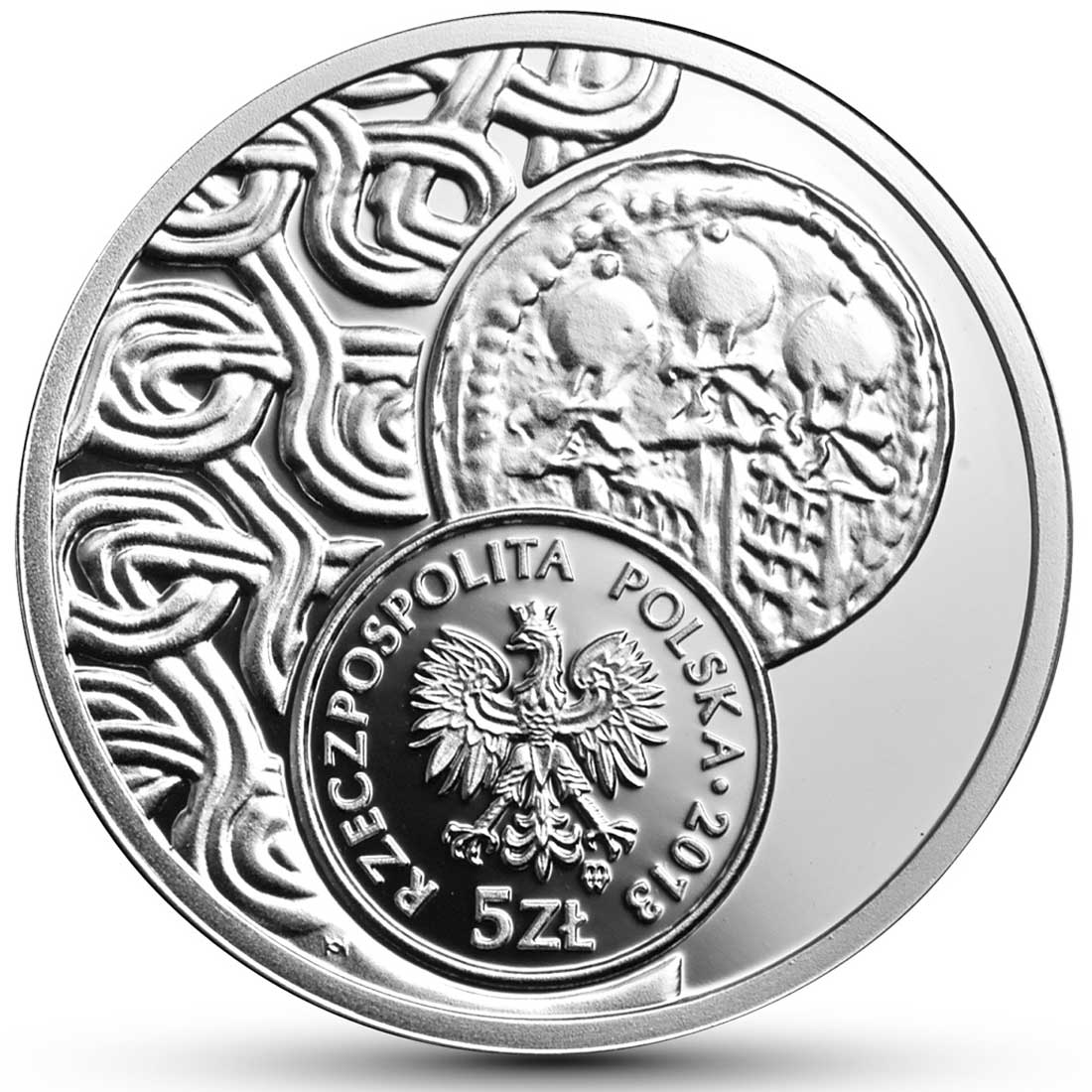

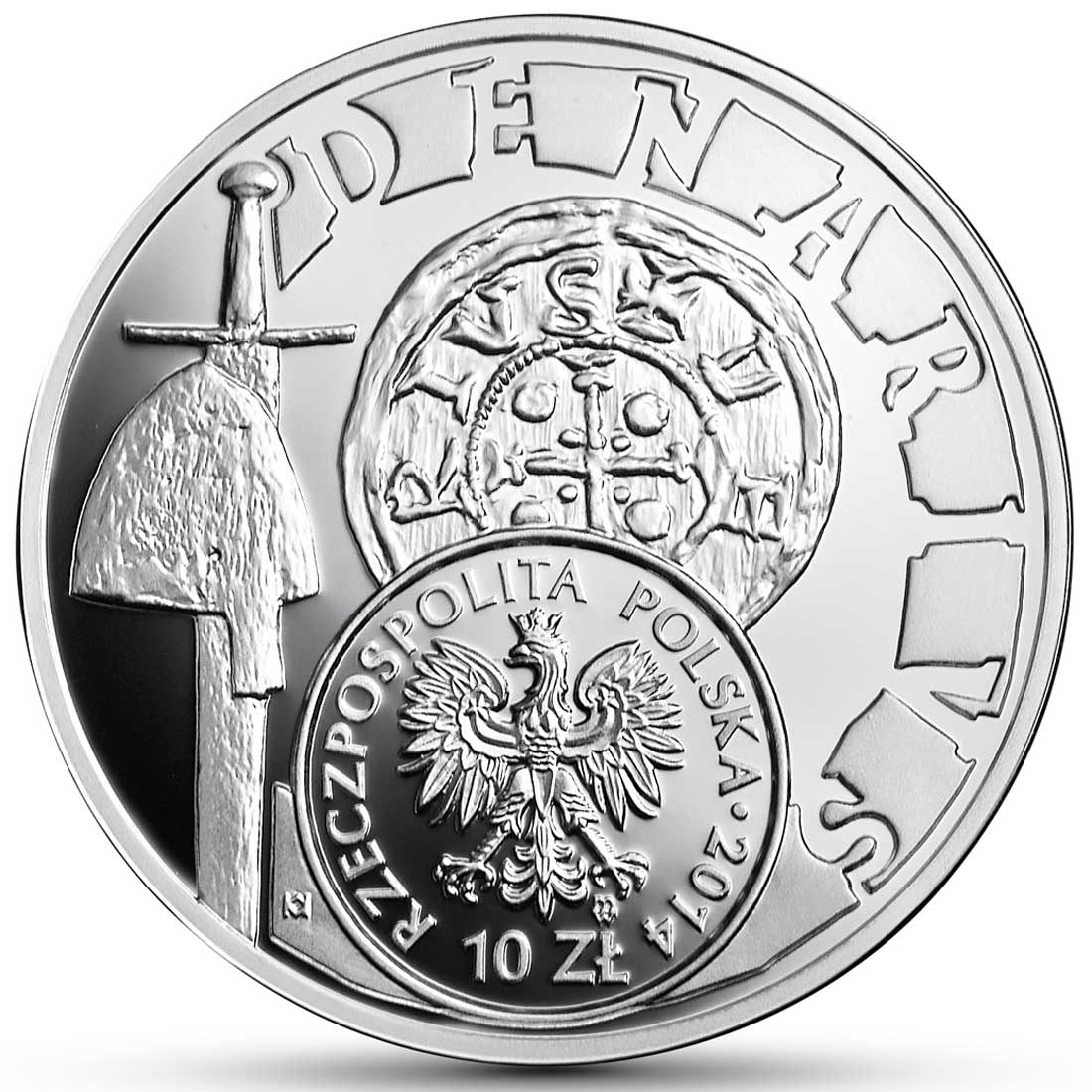
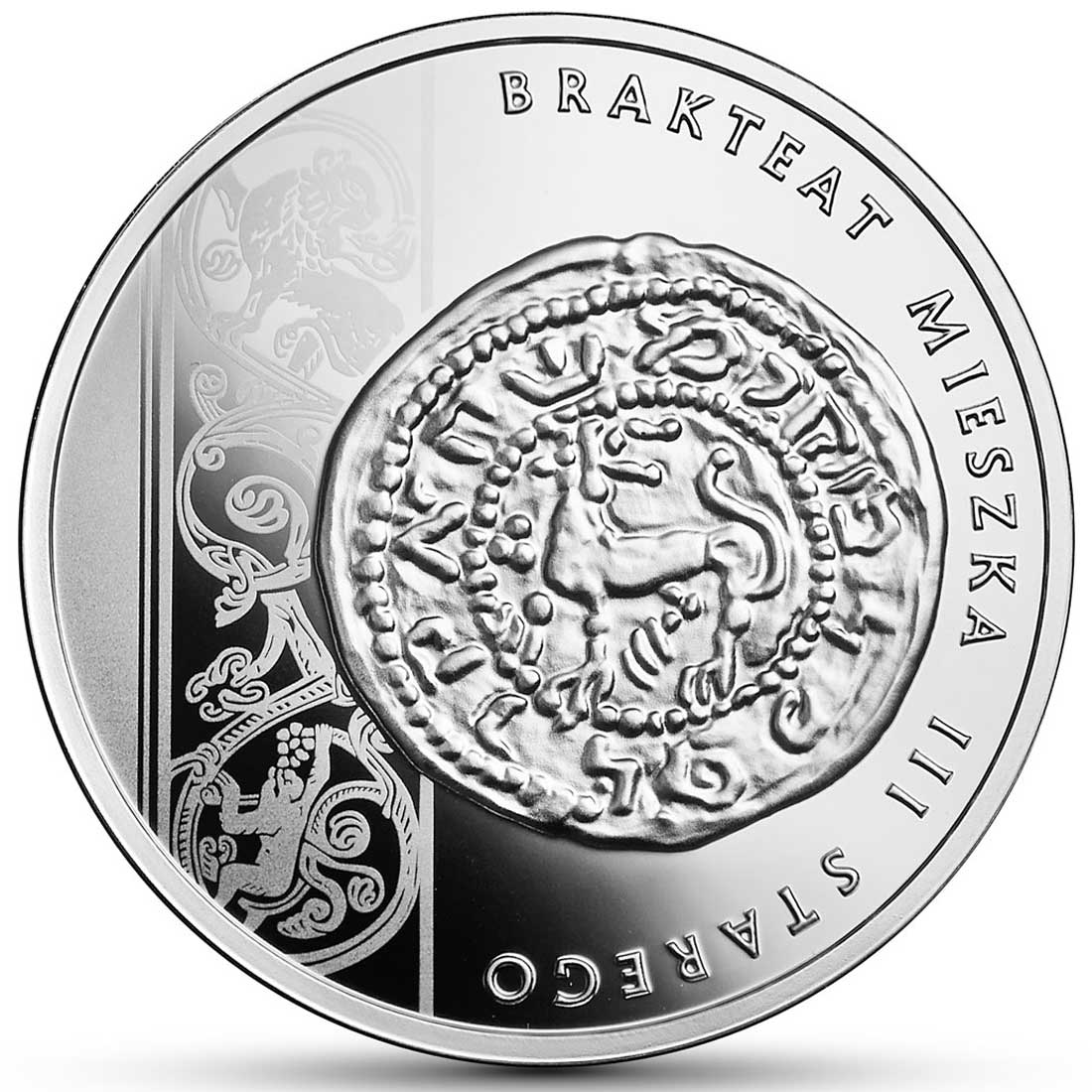
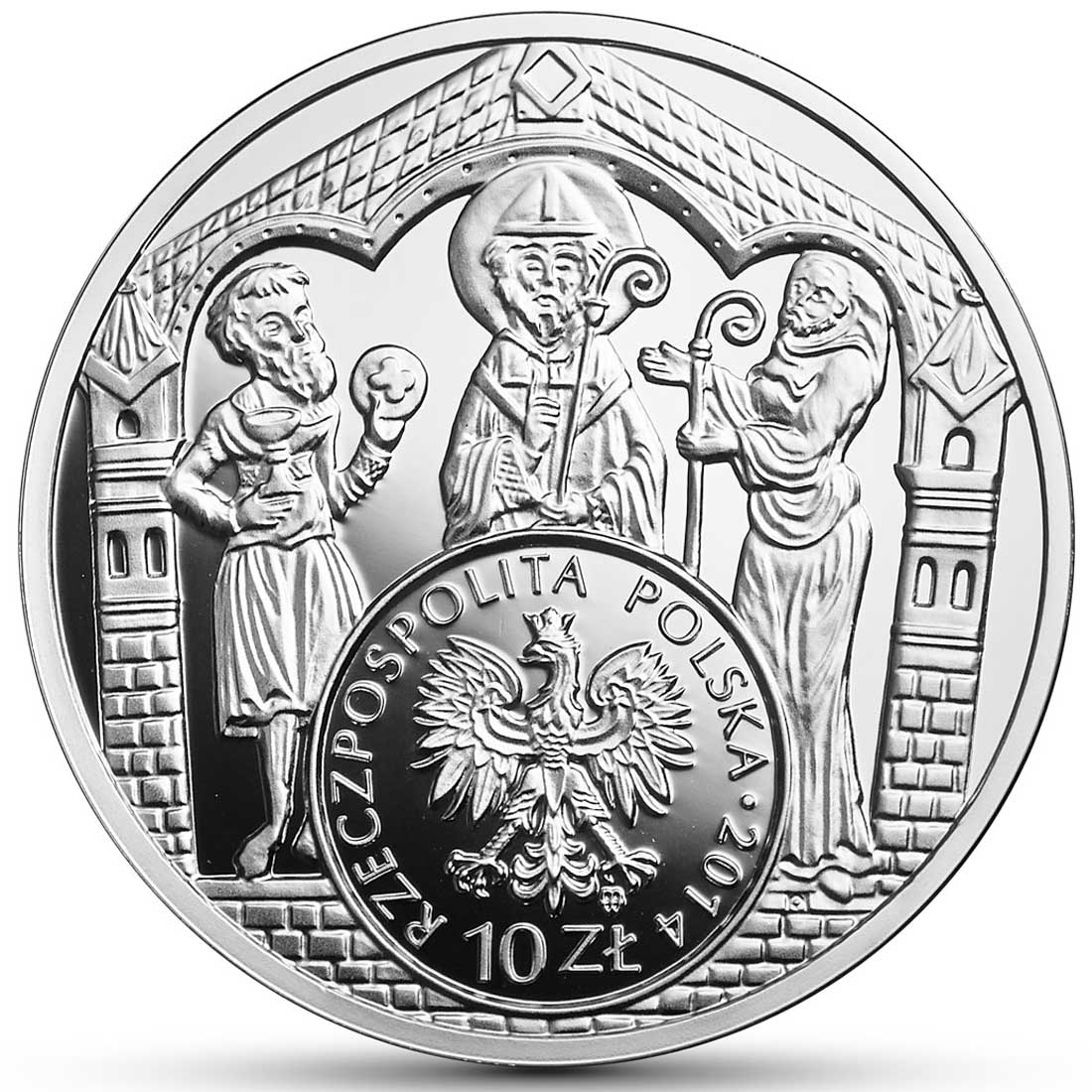
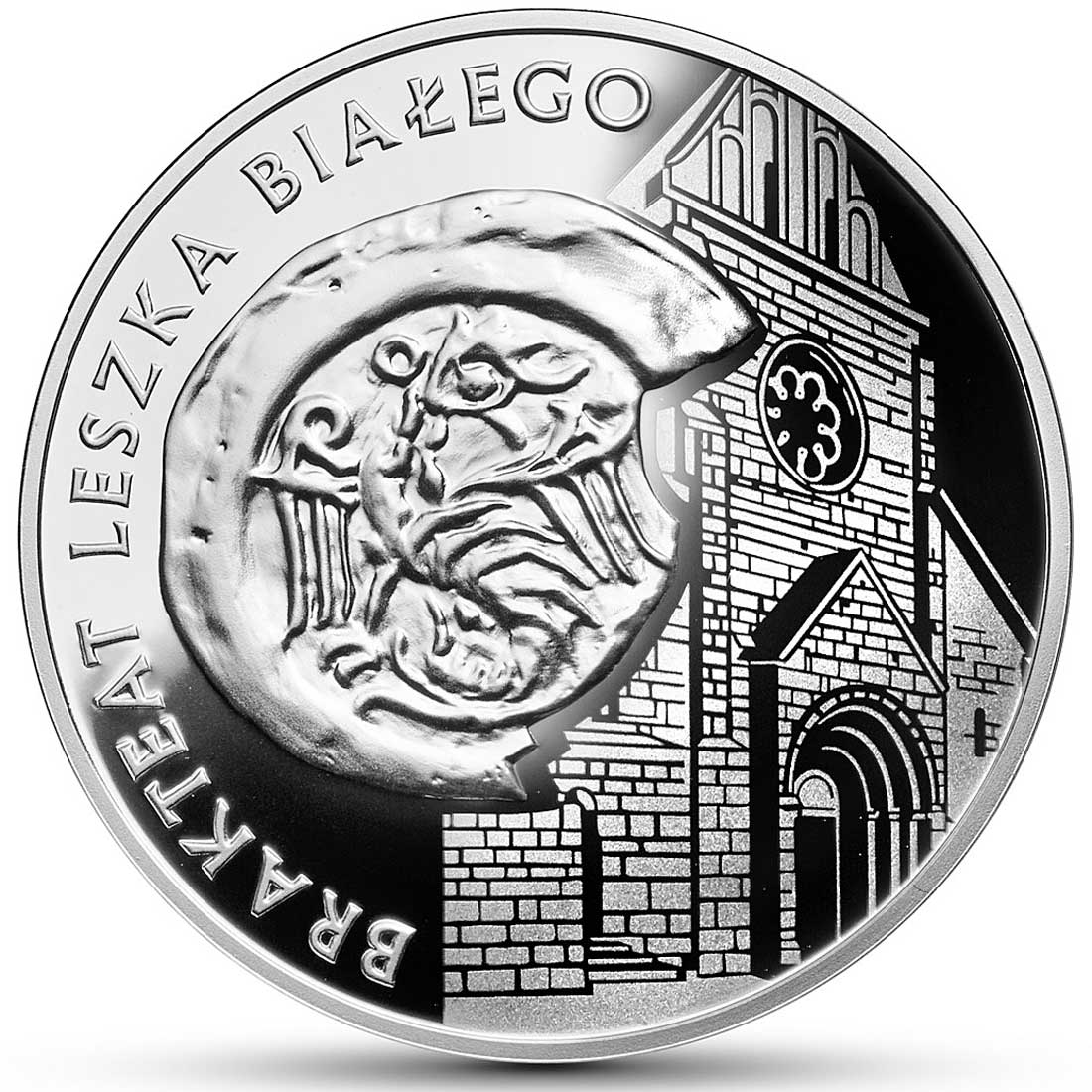
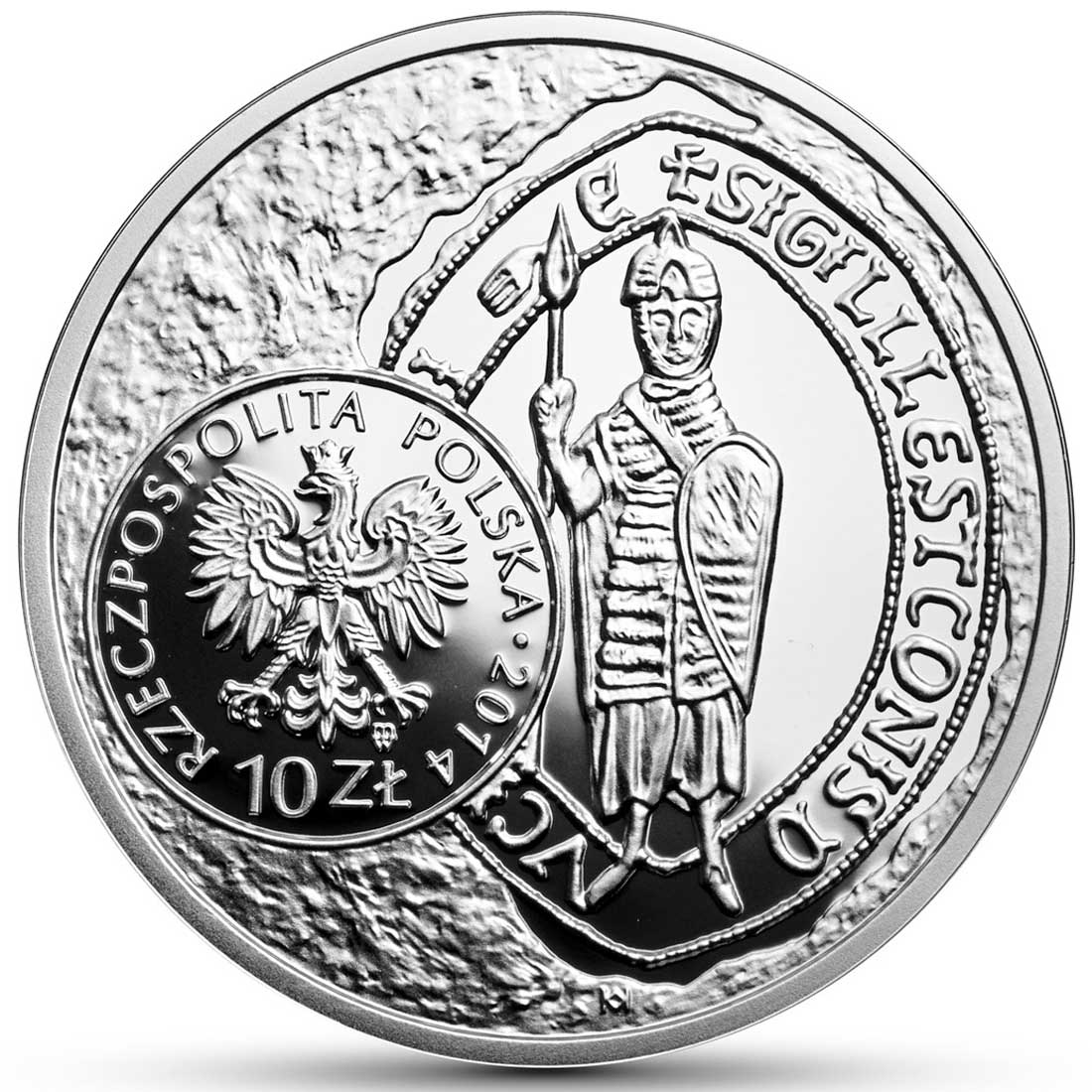
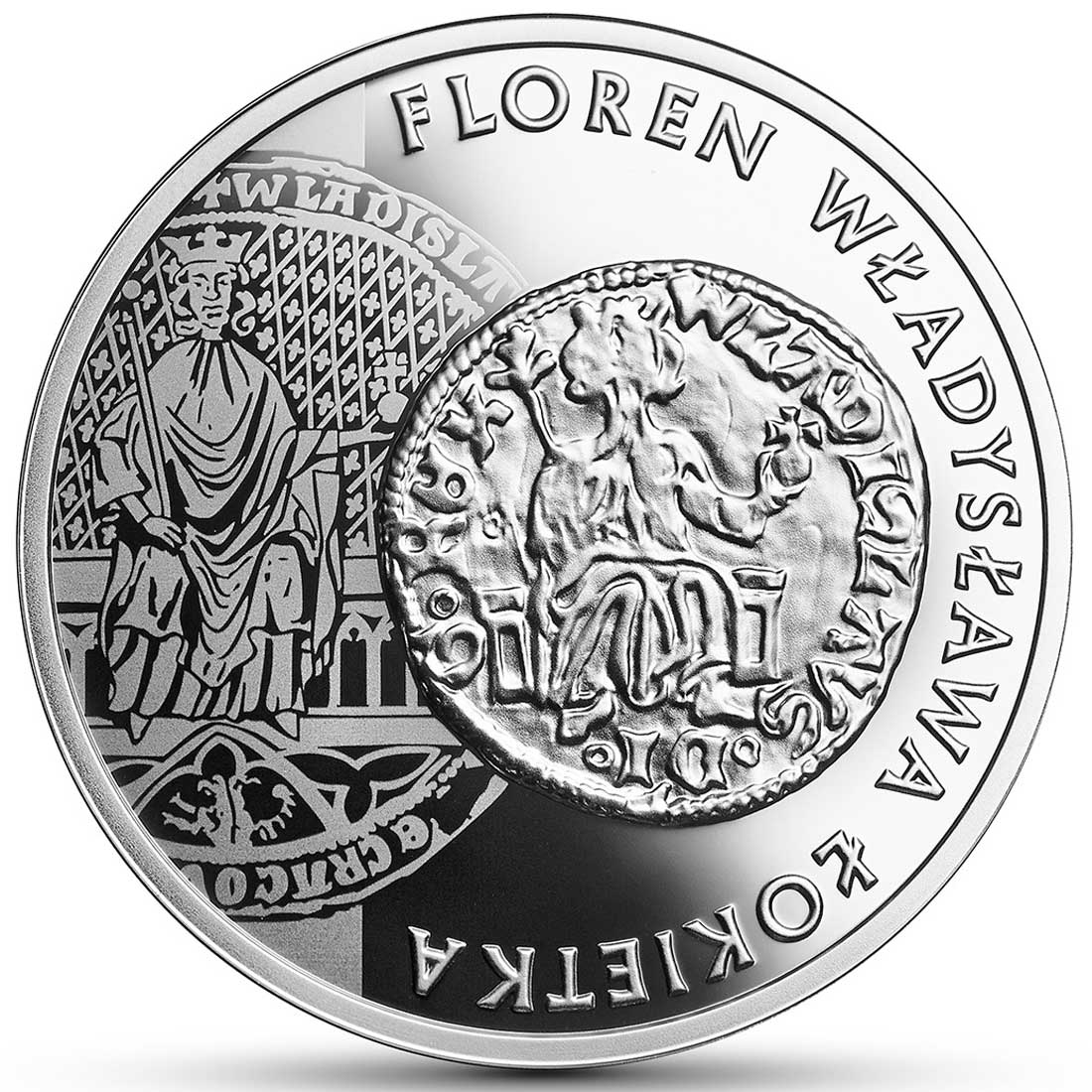

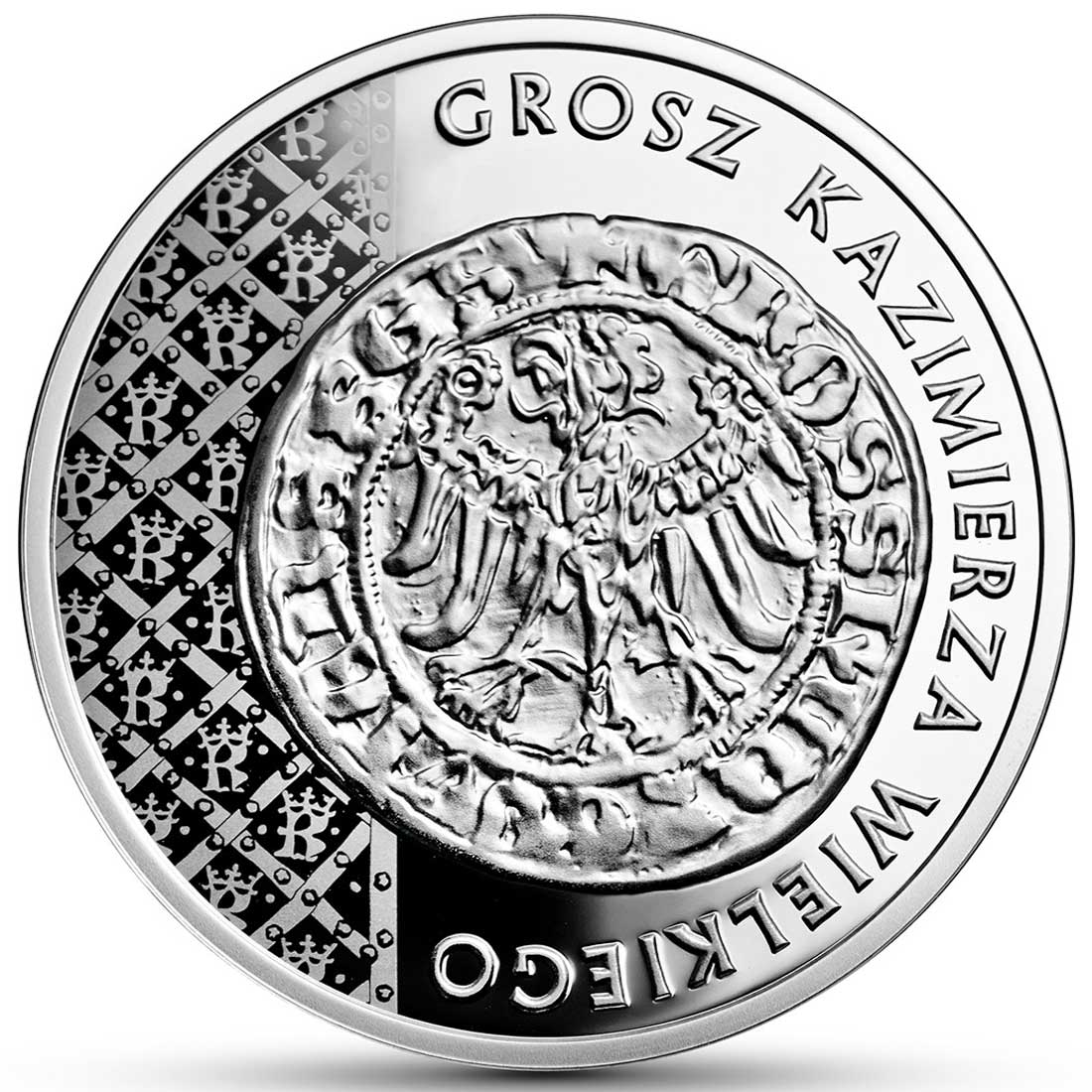

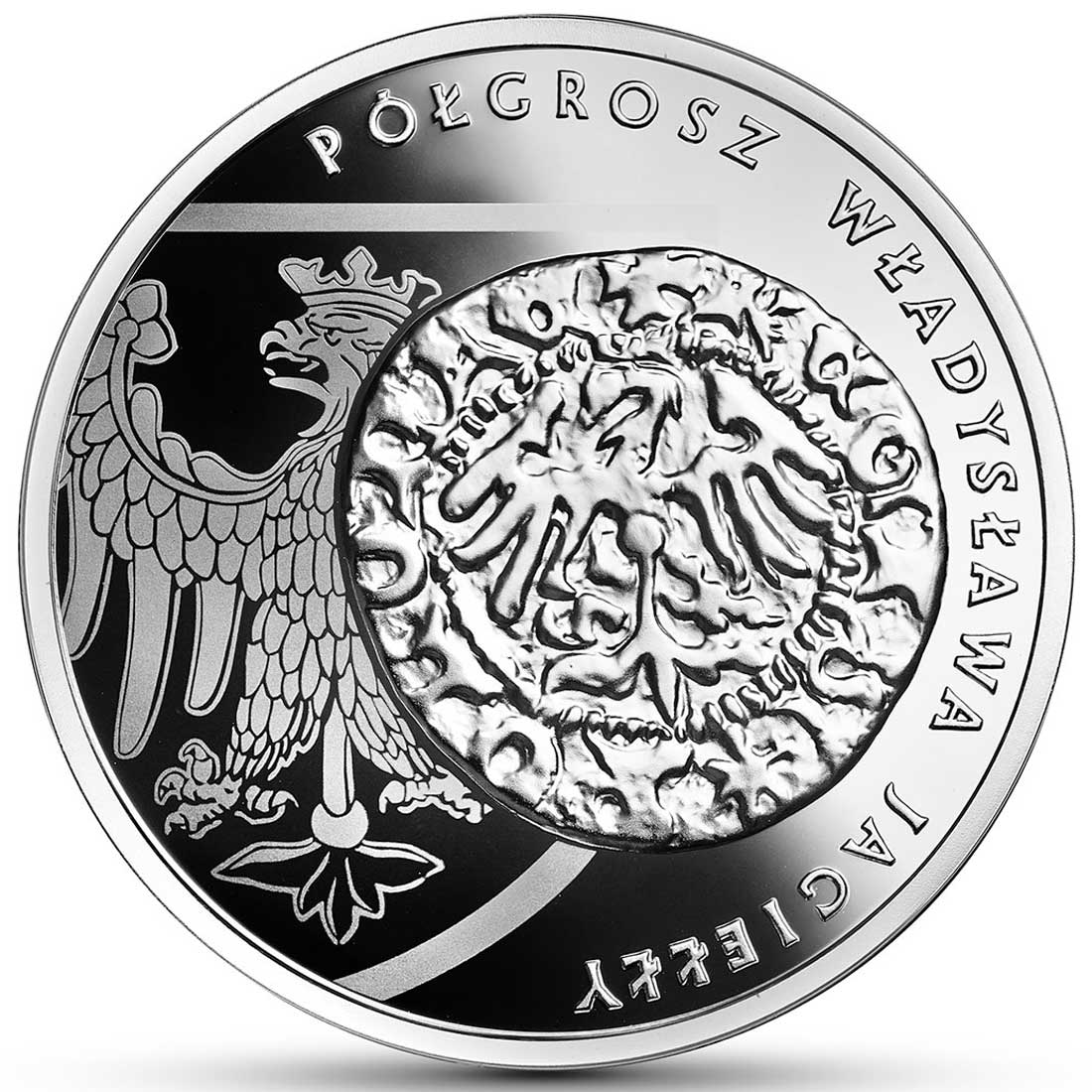
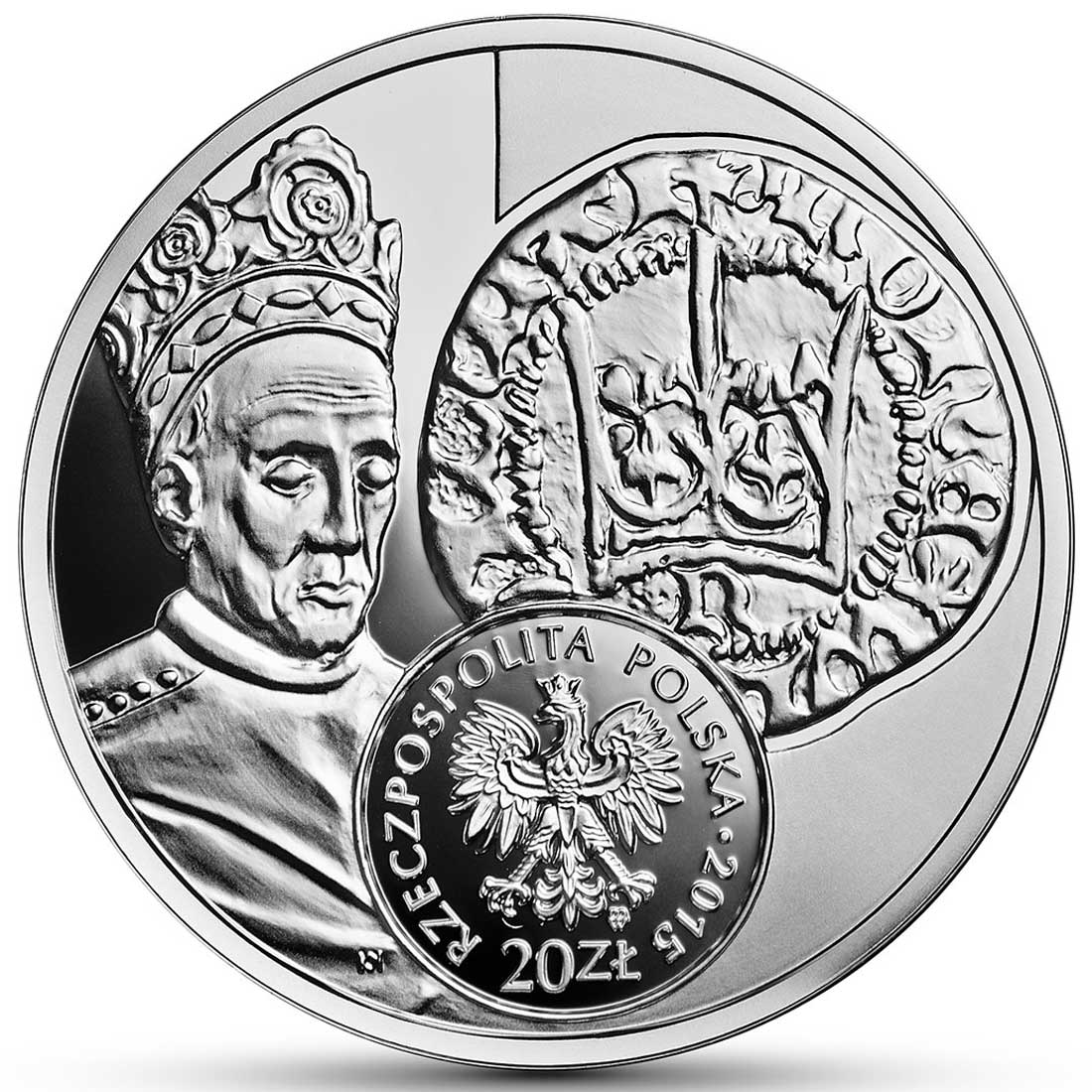
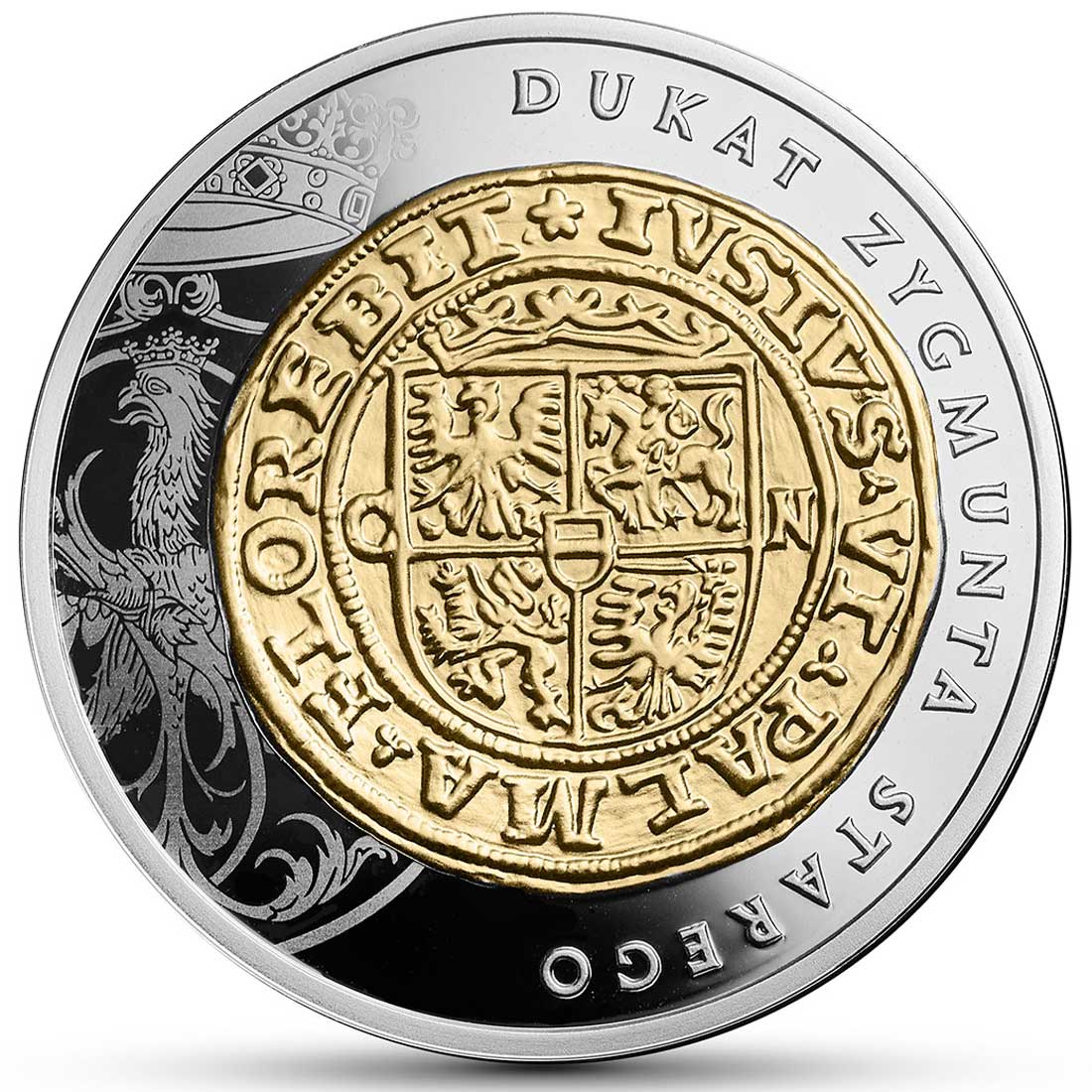
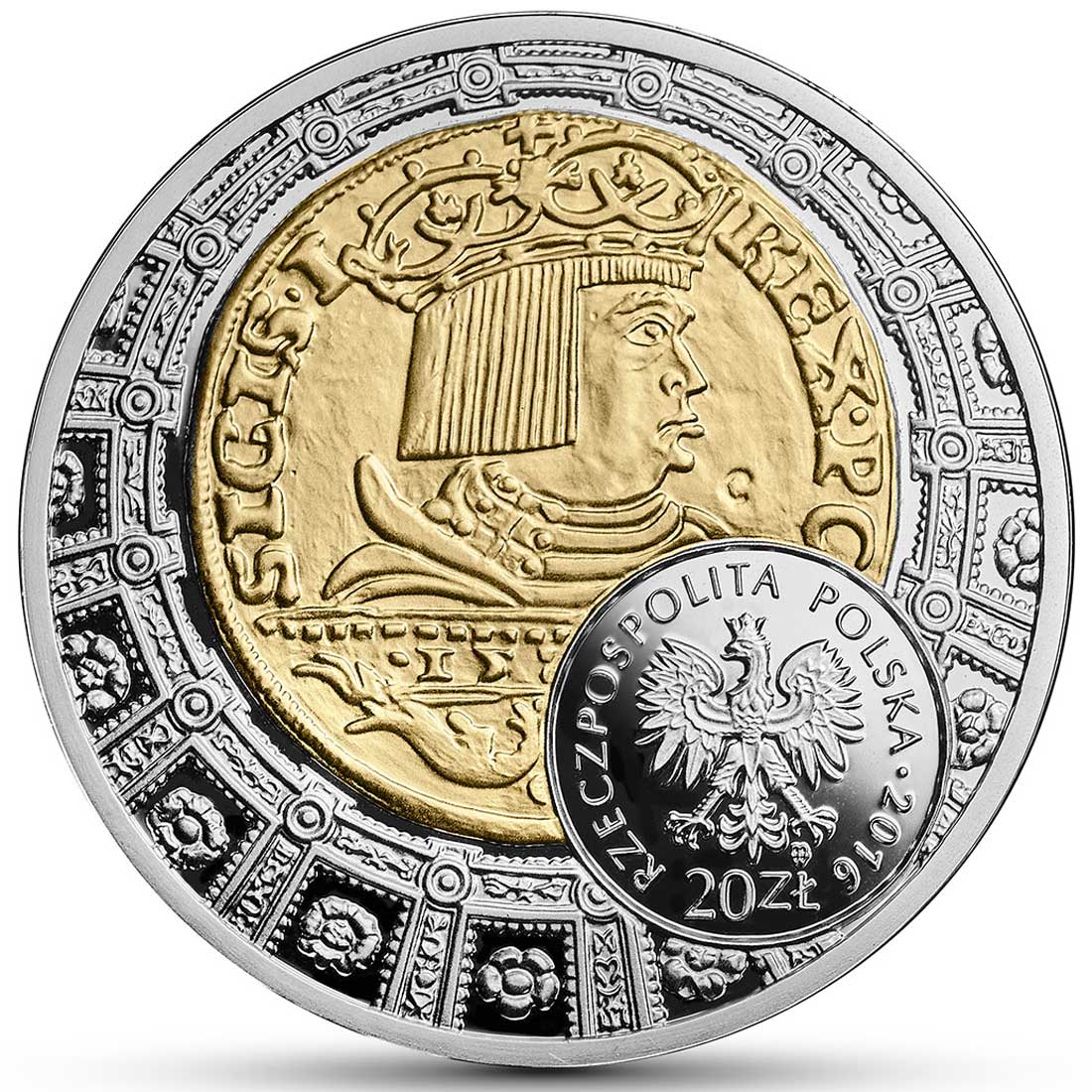
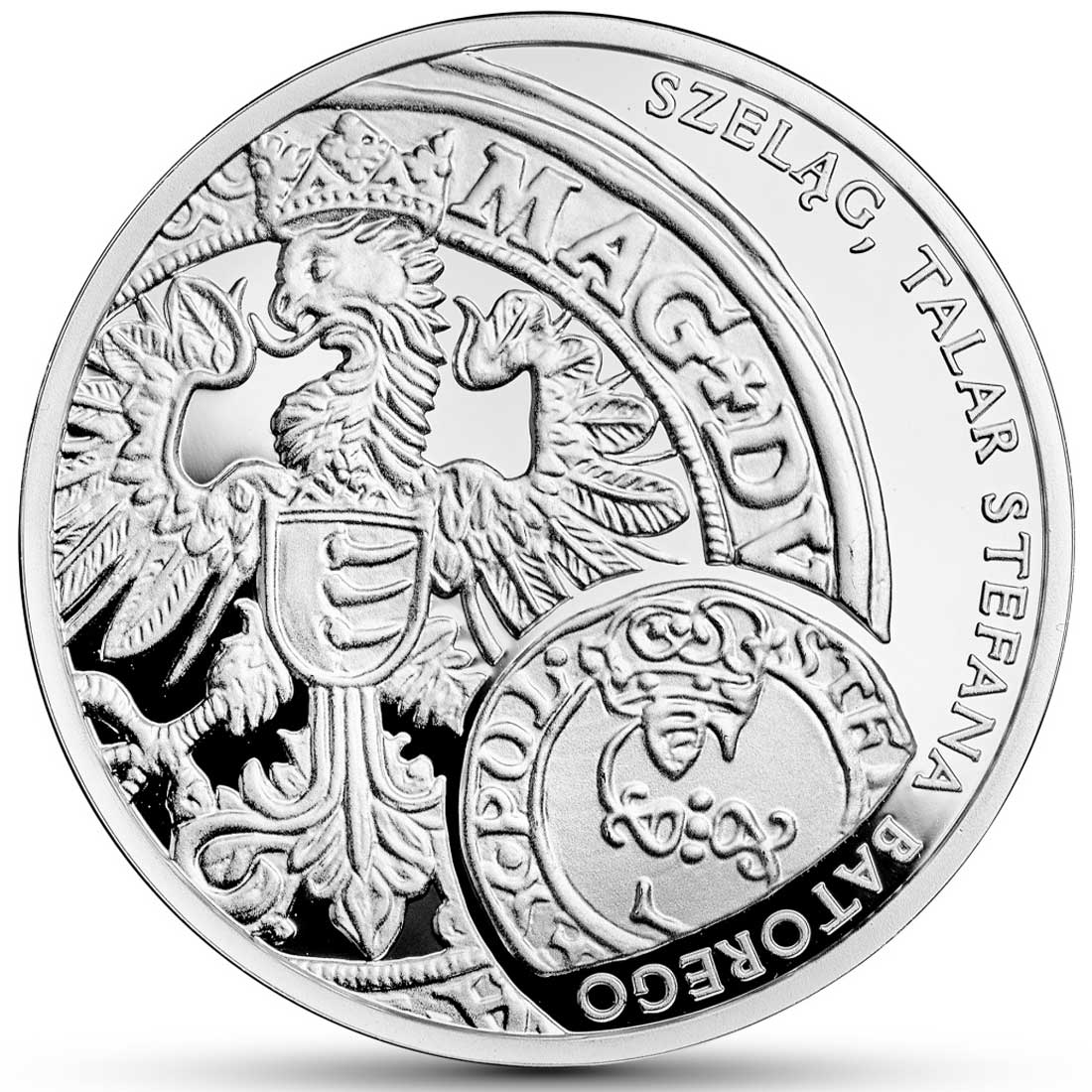

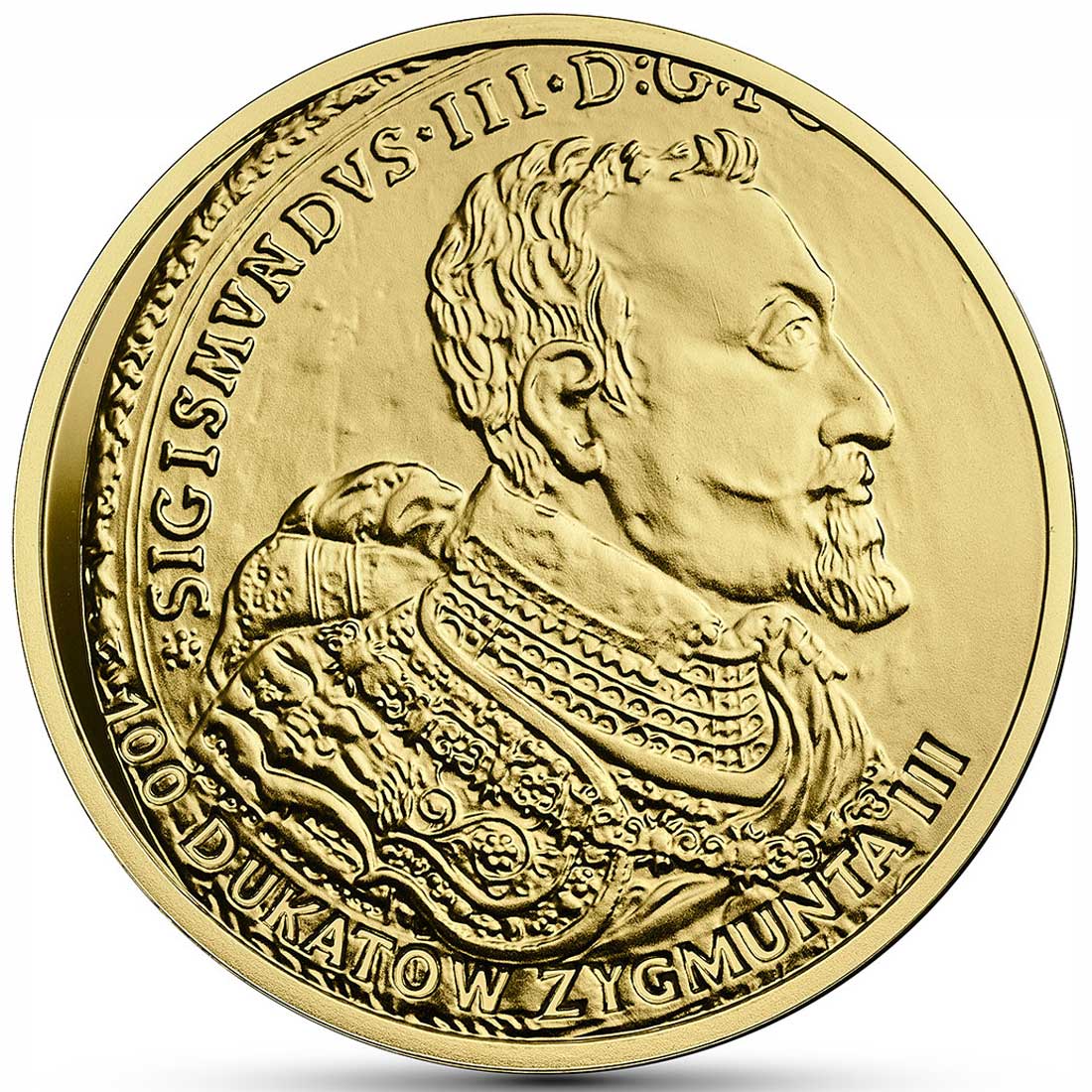
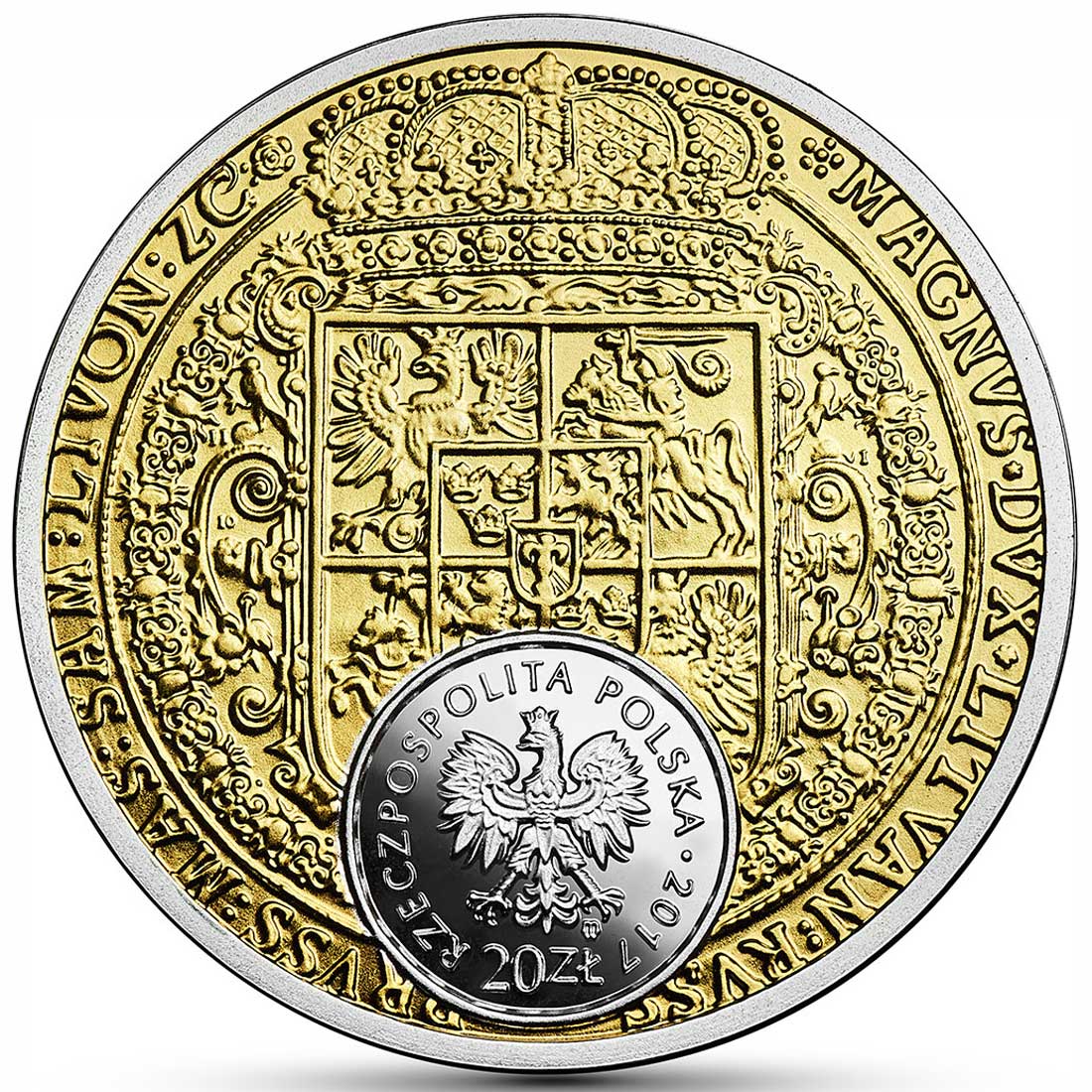
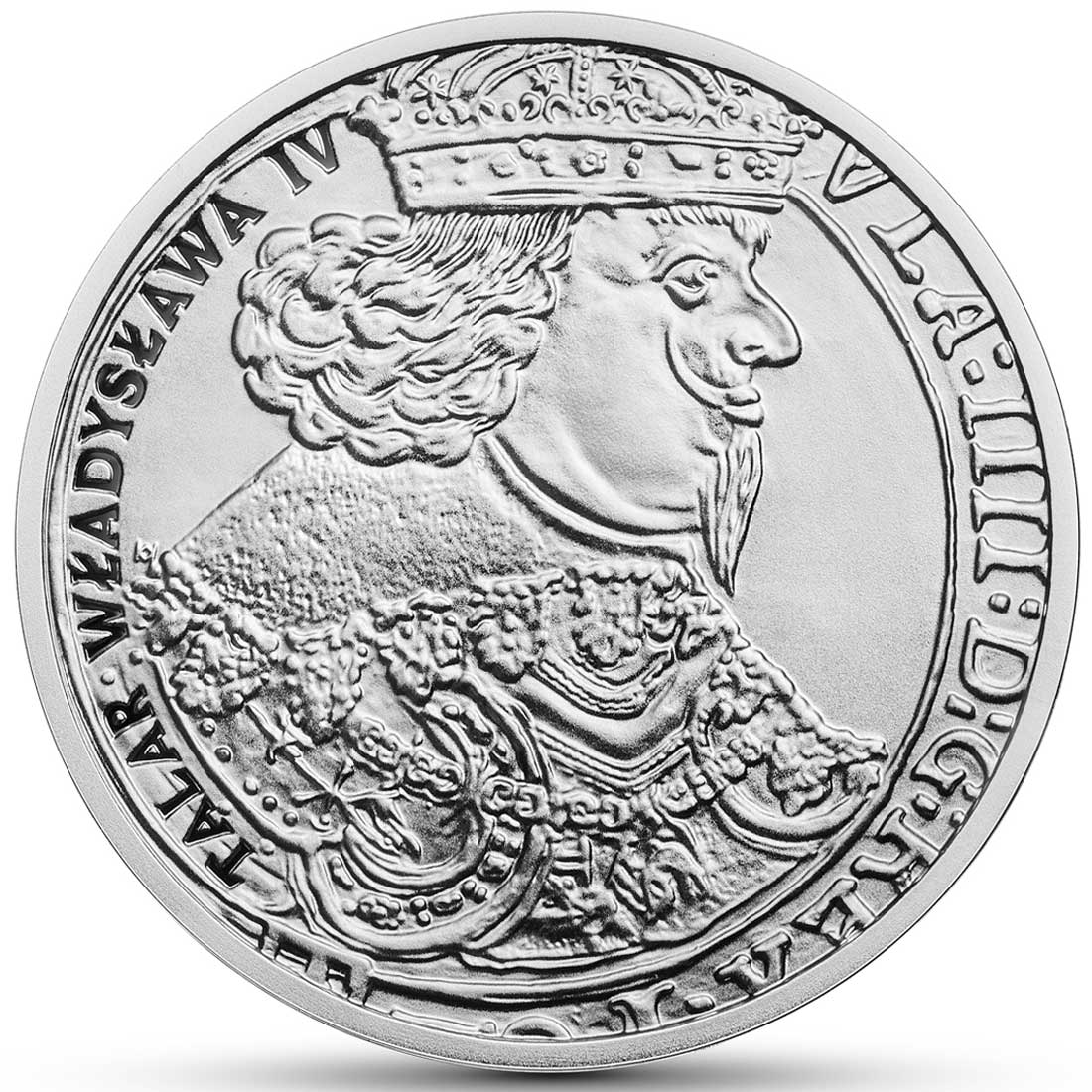
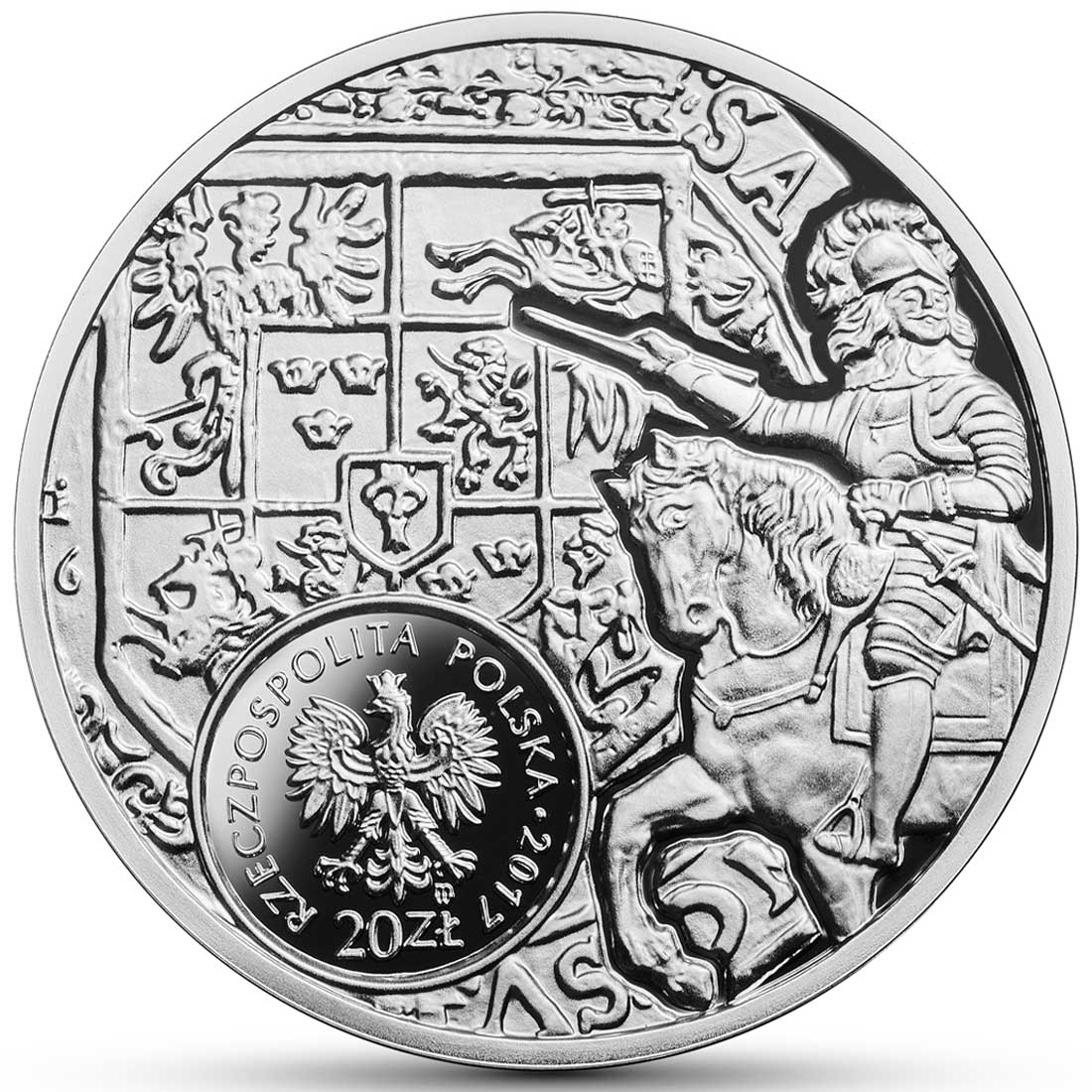

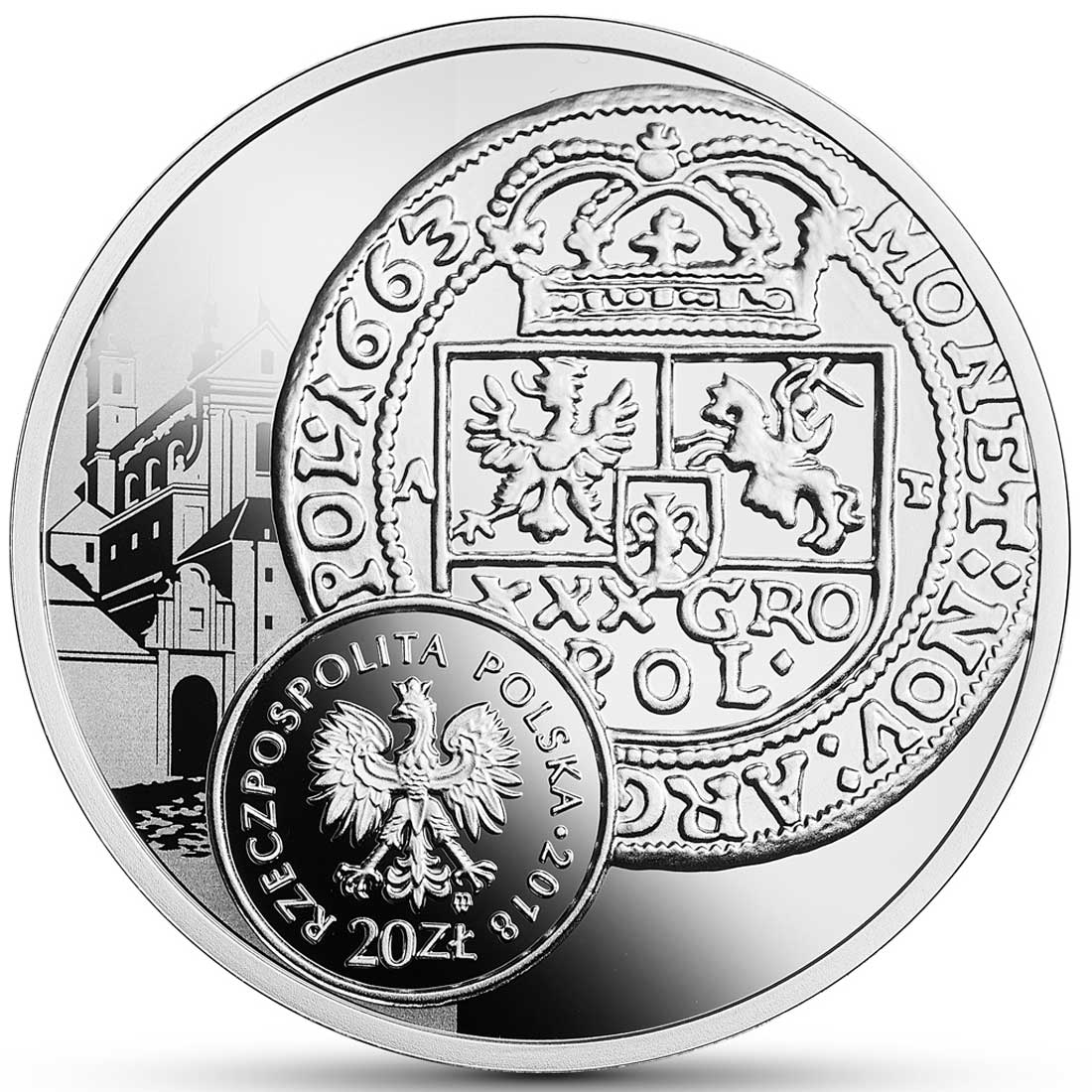
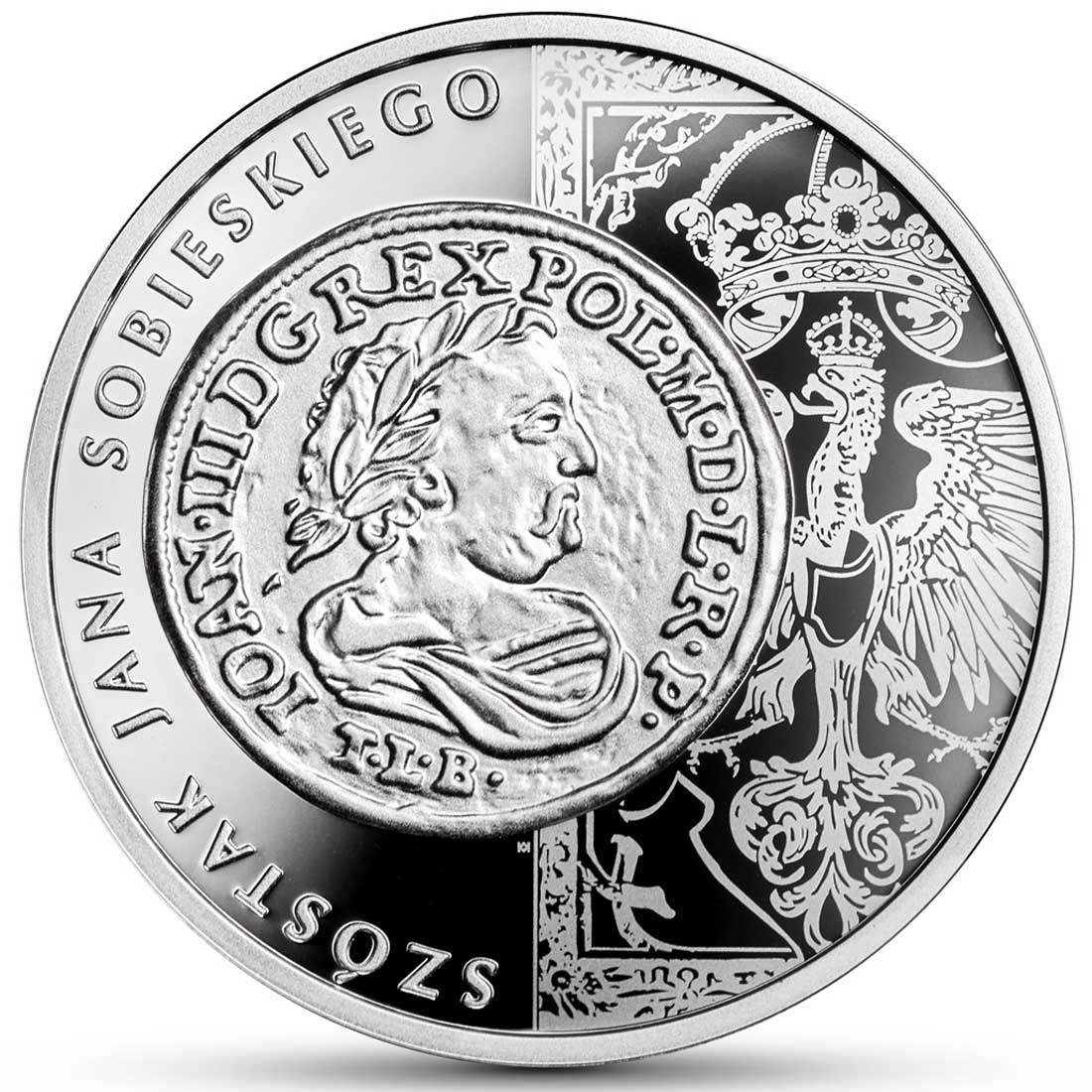
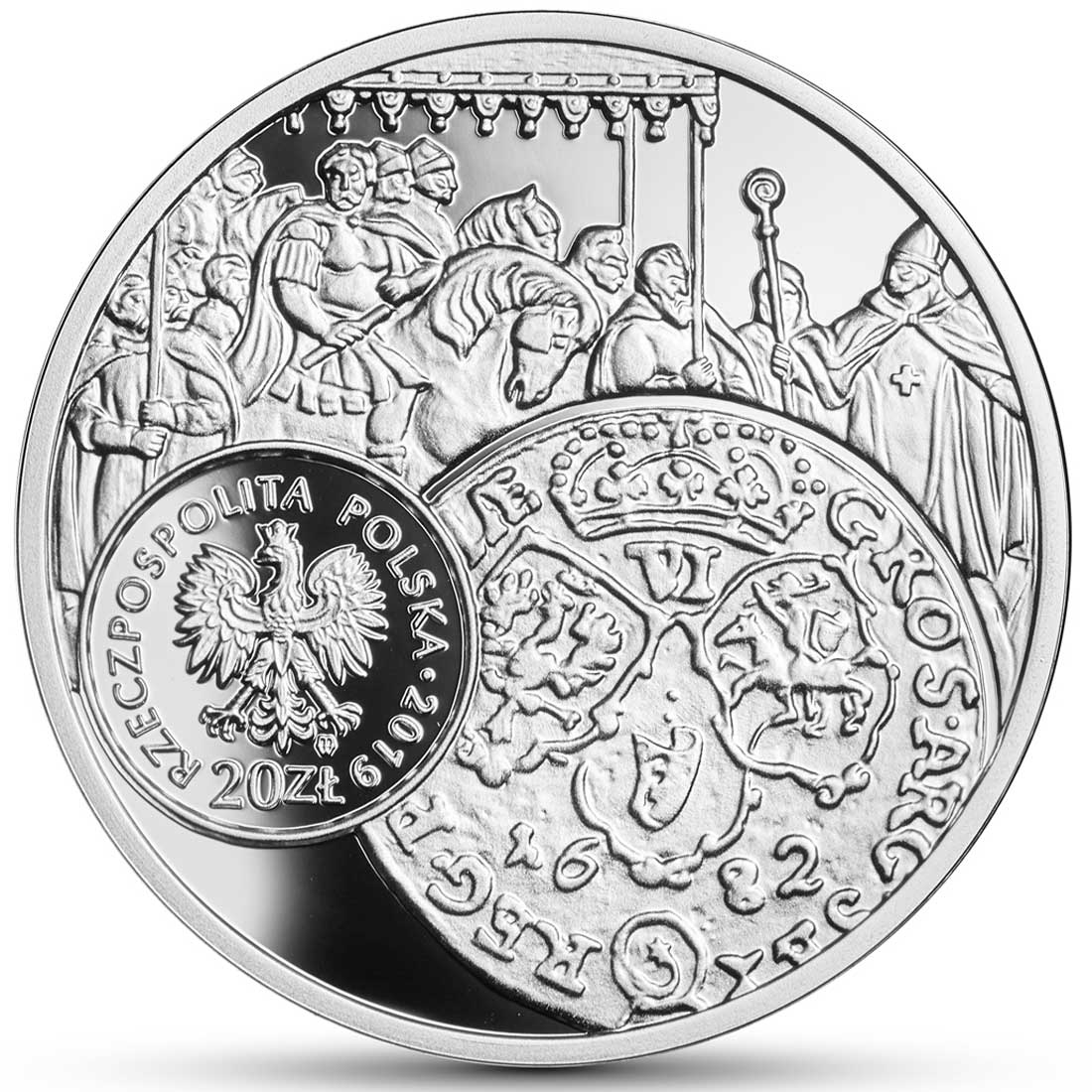
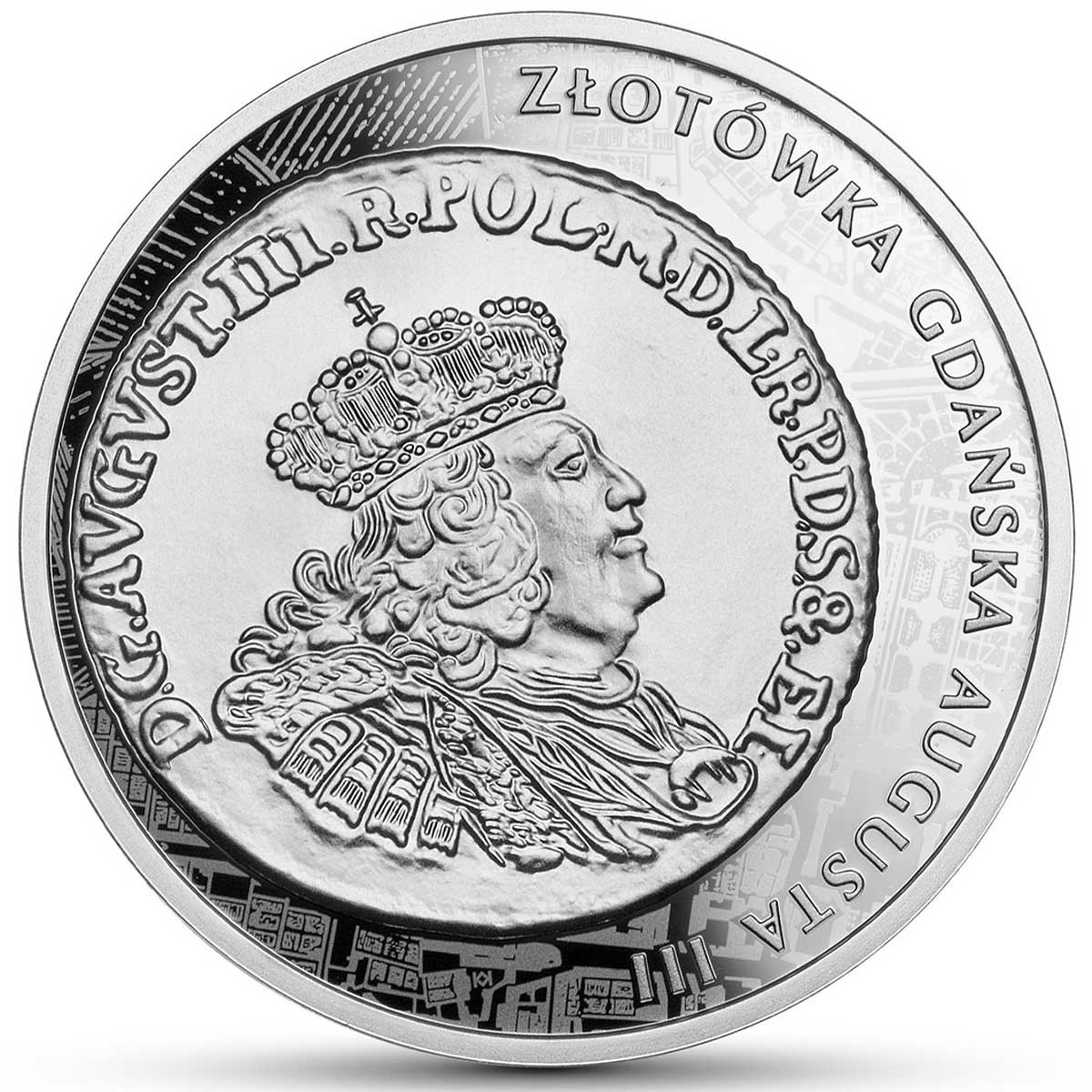

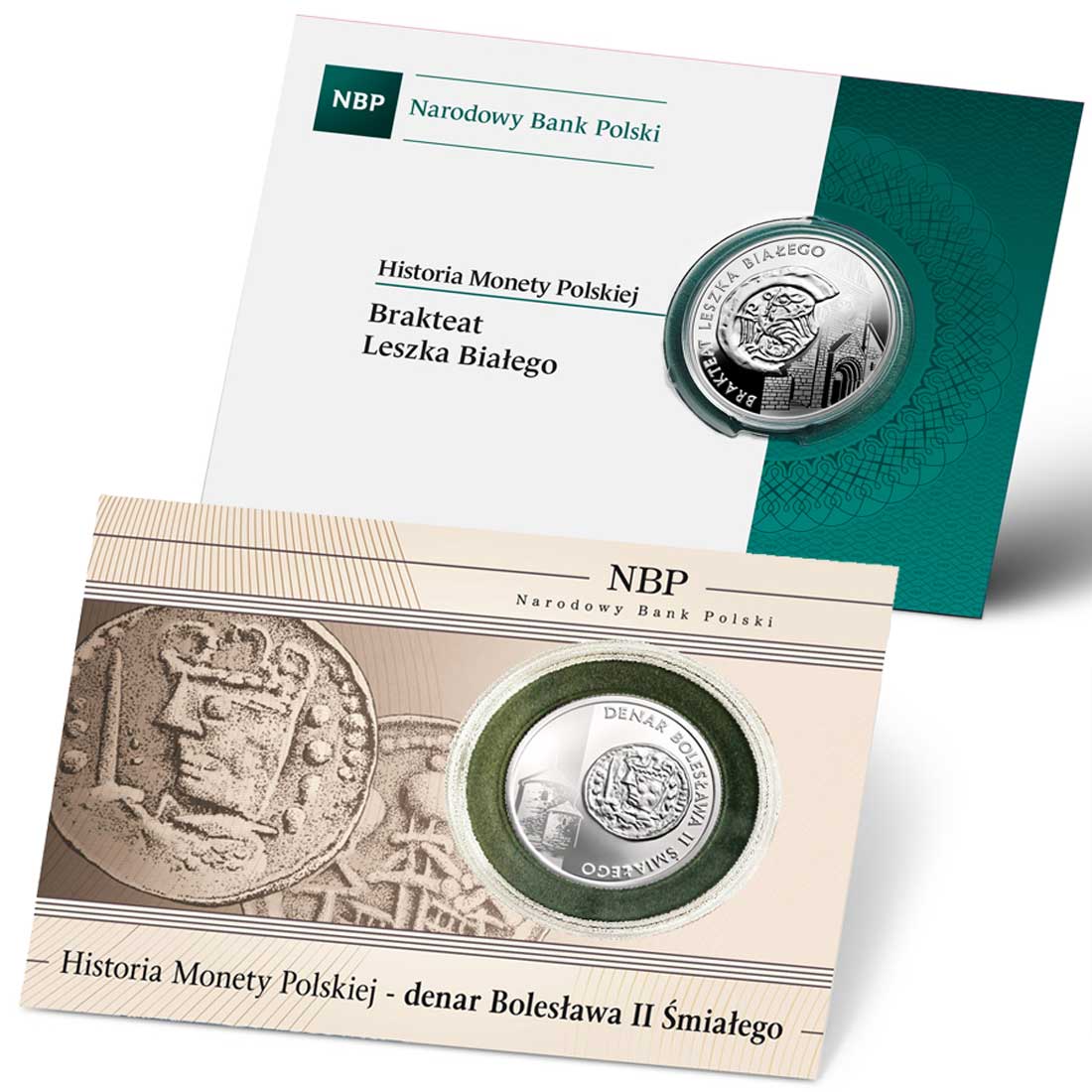
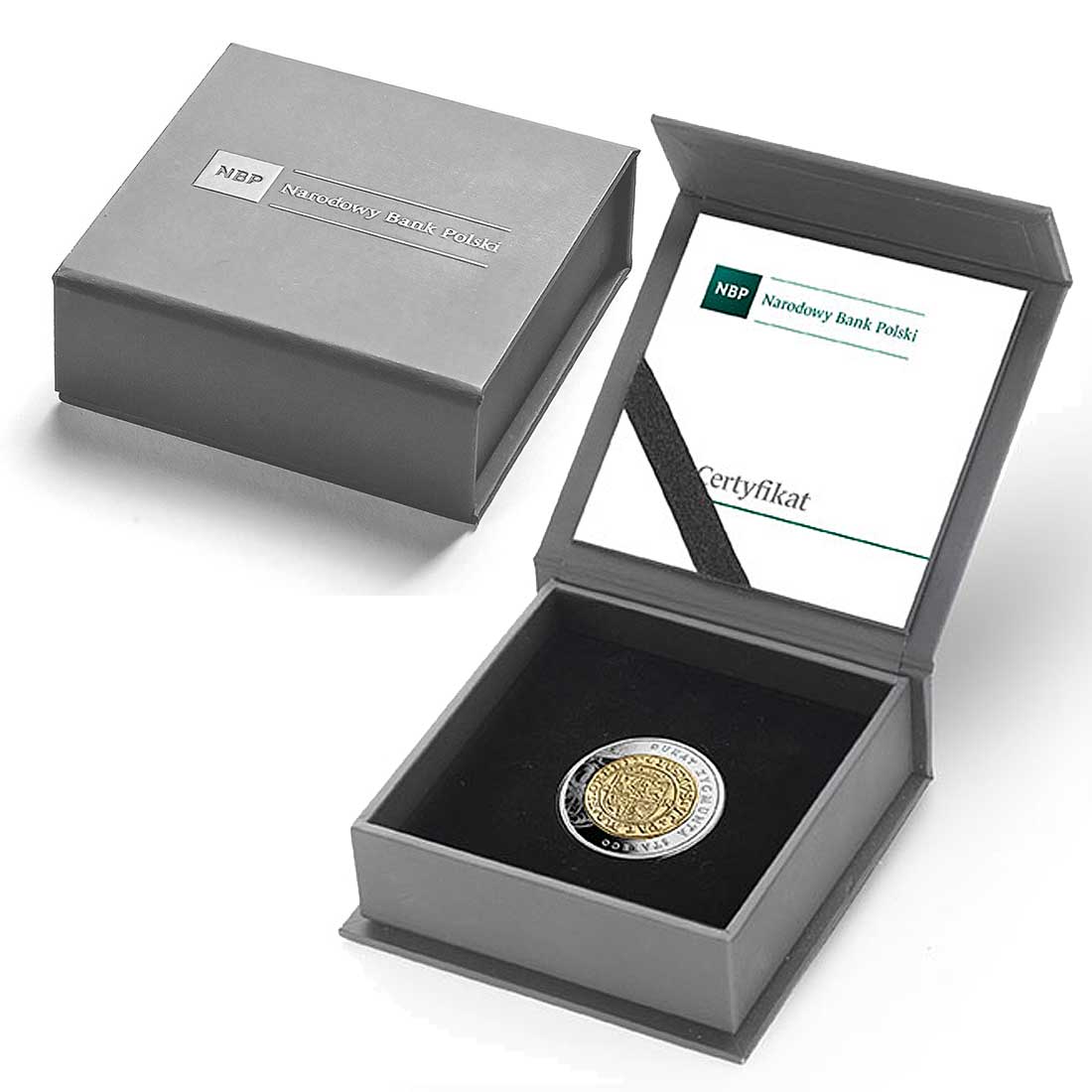
Leave A Comment